
??I was always curious about wheat varieties but was wondering how I can get people interested in the traditional wheat varieties and their impressive merits. In south Indian cuisine, it is even worse because most of us use wheat only as flour. Wheat came to South India a few decades back and initially, it was reluctantly adopted and then slowly it became a popular grain. My mother even today doesn’t make great rotis (which she calls chapatti). Wheat for her is to be mainly purchased and used as rava for her upma and as flour for making godumai dosa (wheat dosa) with a liberal sprinkling of grated coconut. It is not a big favorite for me but it is my spouse’s comfort food.

Over time we got addicted to wheat and then moved to commercial attas. We have no idea how they are made and what chemicals they may contain. People went crazy buying these attas , but fortunately, there is a move back to whole wheat flour. Thanks to the green revolution a good part of the wheat that is grown in India is laced heavily with pesticides. So much so that in Punjab, the cradle of green revolution where wheat grows in plenty, shops sport boards saying “wheat from Chhattisgarh/MP”. That is the situation with wheat today. People are yet to learn the health benefits of organic and traditional wheat.

In parallel, many people are experiencing bloating with wheat, some others have celiac condition, while many have gluten intolerance making wheat the enemy grain and there is a rising movement towards gluten-free flours. There is uncertainty on whether gluten-related problems are due to gluten or the chemicals used on wheat. Decades of cross-breeding, hybridization and adding chemicals while growing and processing, has changed the structure of our wheat irrevocably. These processed inorganic wheat flours contain starch that boosts blood glucose levels higher than white sugar and the protein (gluten) has become hard to digest. This manipulated wheat for the sake of easier harvesting and higher yields has caused havoc within our digestive and immune systems. The run of the mill wheat flour we consume (pun intended) is linked to growing rates of diabetes, obesity, and heart disease and is the emerging cause of many auto-immune diseases. On the other hand, organically grown wheat is devoid of all these adverse chemicals and often have higher nutritional value.

At Bio Basics we began with organically grown lokwan wheat. Lokwan wheat is the most popular wheat in the south as it is considered to be good for rotis. But wheat is not only one variety. My recent travel to a seed conserver farmer in Eastern India conserving 35 varieties of wheat, convinced me that I have a responsibility to popularise different wheat varieties.
Three years back, we introduced Emmer wheat, a traditional hard wheat, which requires more processing, but with its unique taste and texture. The wheat grains of Emmer are long and look like paddy grains and it has less gluten than other wheat varieties. It was traditionally used by farming communities and they reported that rotis made with Khapli gehu (the Indian name for emmer) could last for days. And kheer with broken khapli gehu is another specialty. Due to its cost, some people don’t try it but interestingly everyone who has tried emmer wheat has stayed with it and we have noticed a distinct increase in its uptake. Eating emmer wheat rotis leaves you feeling light and not bloated at all. We personally enjoy emmer wheat rotis and prefer that. Our baker friend has zeroed in on emmer for his organic bread.

Paigambari and Chandausi were my next trials. I did not find Chandausi very different from Lokwan; either in the appearance of the wheat grain or the consistency of the whole wheat flour. However, Paigambari was a surprise, beautiful tiny grains, glistening golden brown it is a low gluten wheat. Beautiful as its name, it almost looks like pearl millet. It is a preferred variety with farmers in MP and Punjab, who began reviving it a few years back. In fact, it is called ‘sugarless wheat’ by farmers. It is just a few years back that a seed conserver friend found that it was called paigambari. It has slightly lower gluten and there is anecdotal evidence of blood sugar not spiking after its use. There is no literature about this wheat but I am exploring with farmers why they called it sugarless.

My farmer friends in MP and Punjab told me that they find this tasty and love rotis made with it. In MP they also make a sweet kichda with the broken paigambari wheat as dessert. I am hoping to get hold of the Bansi, Kathia and Sharbati wheat …and the wheat stories begin…
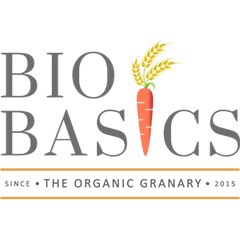

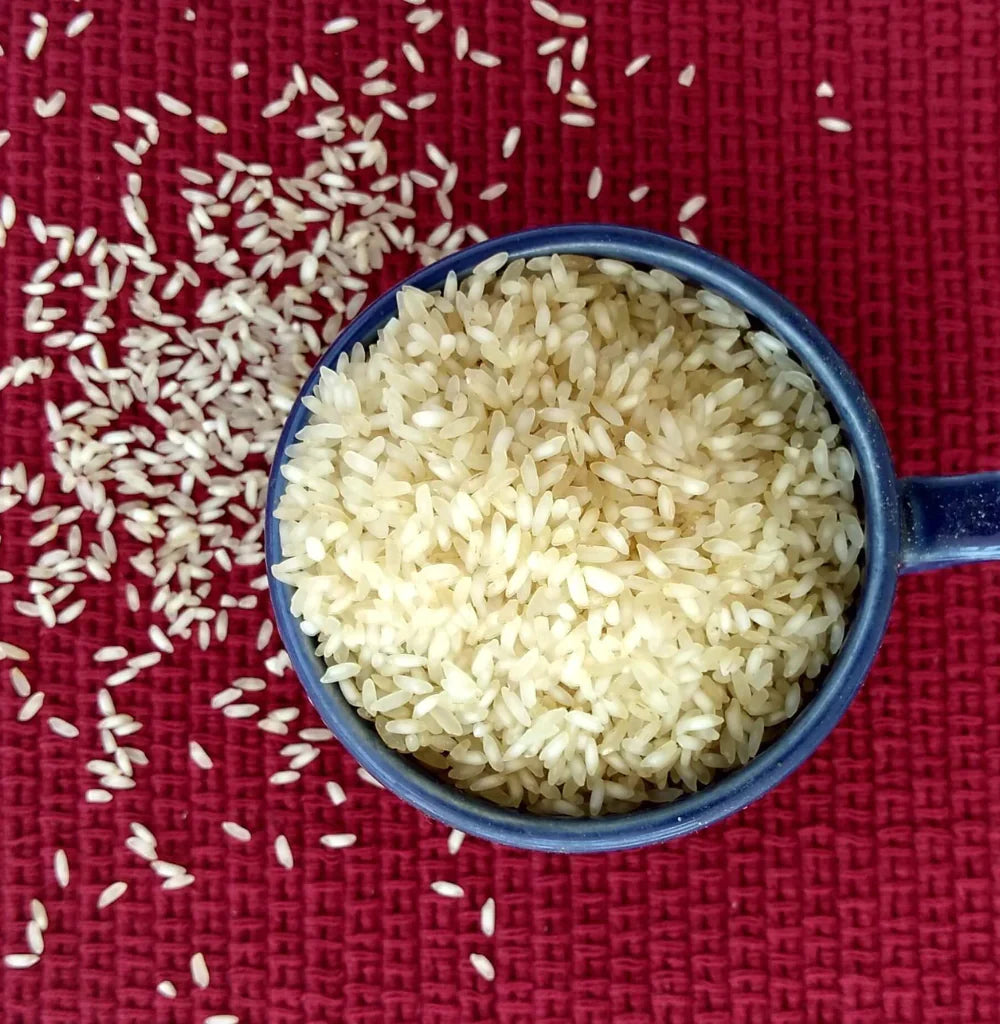
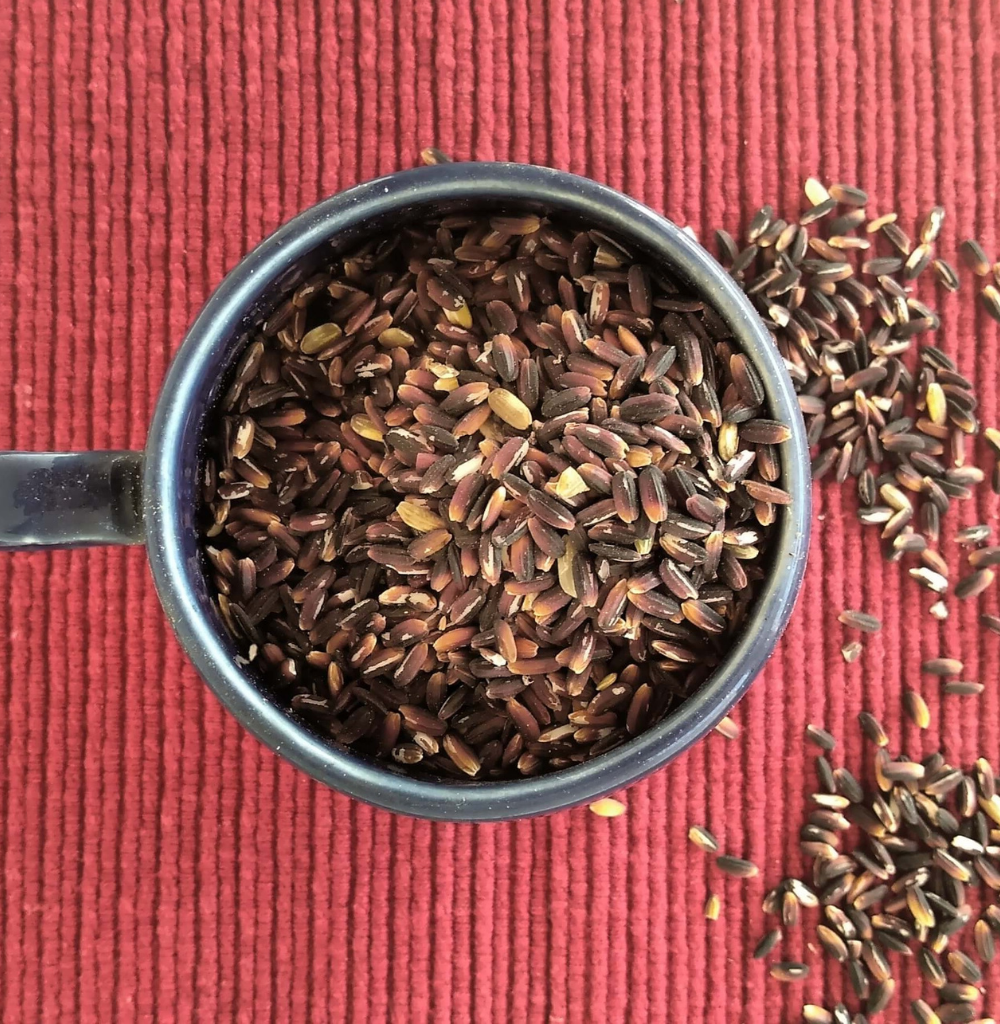
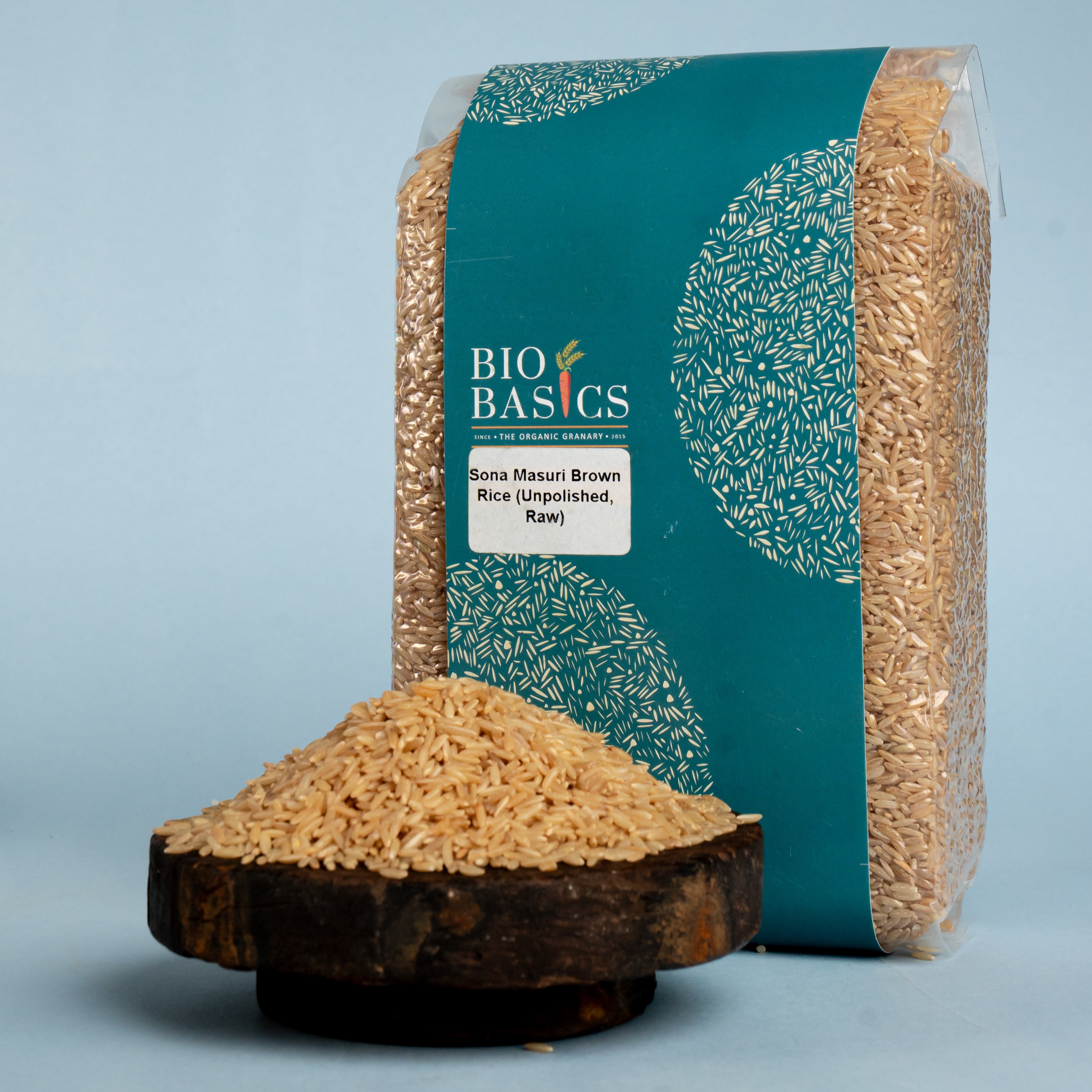

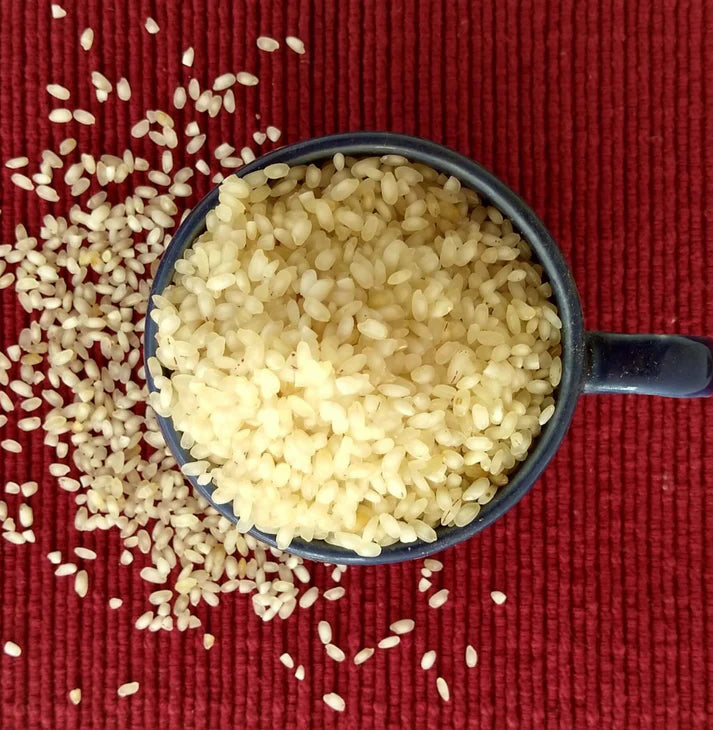
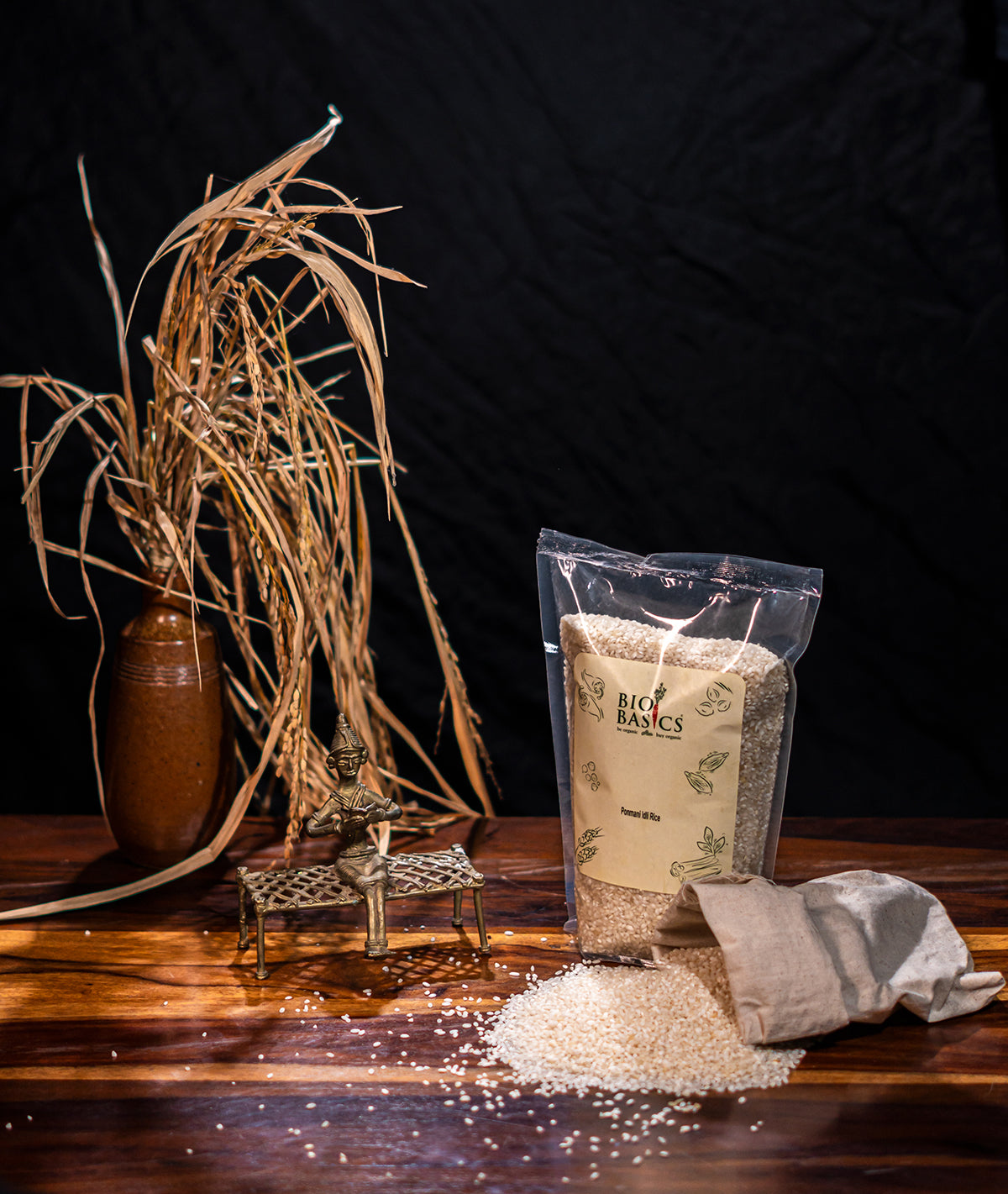
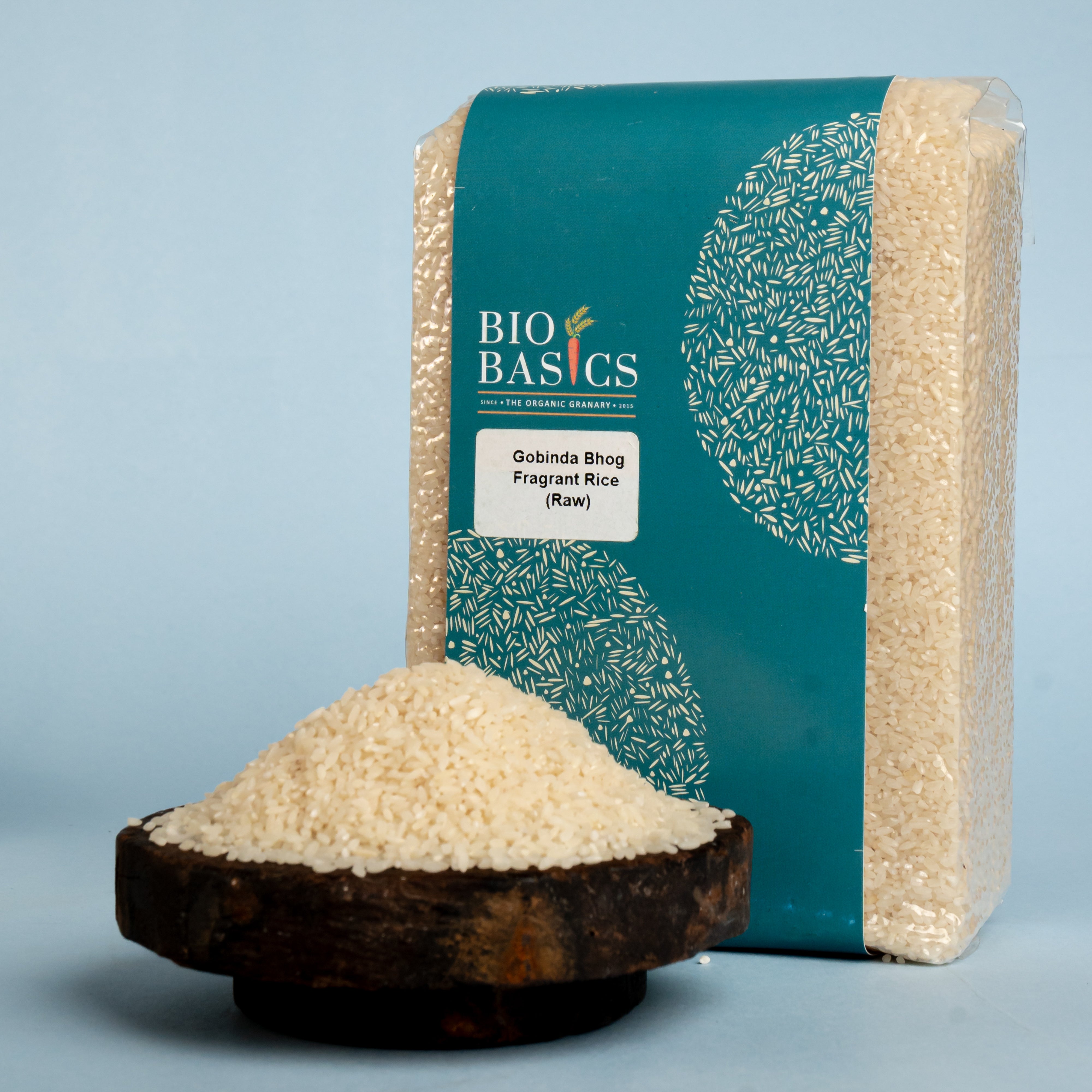

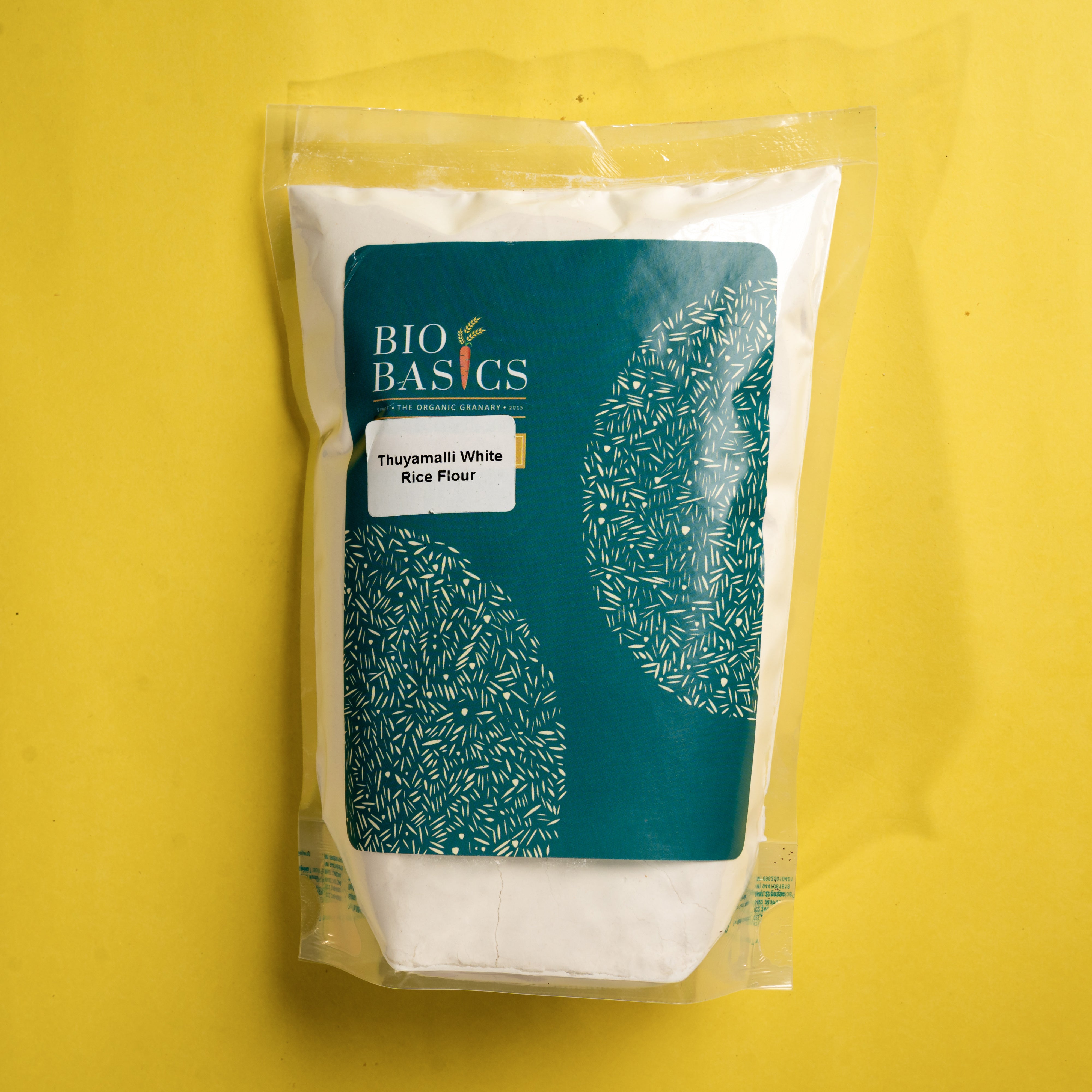
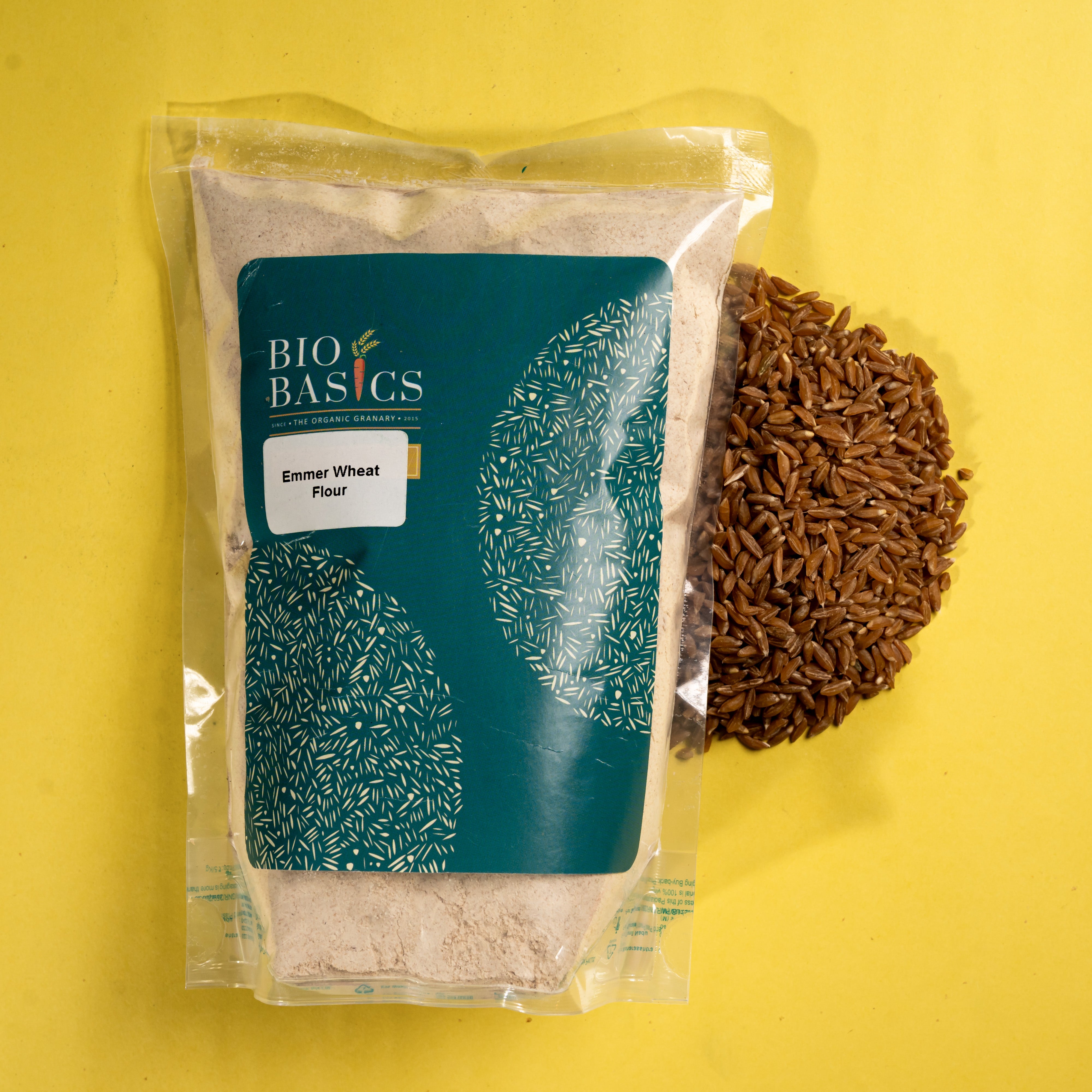
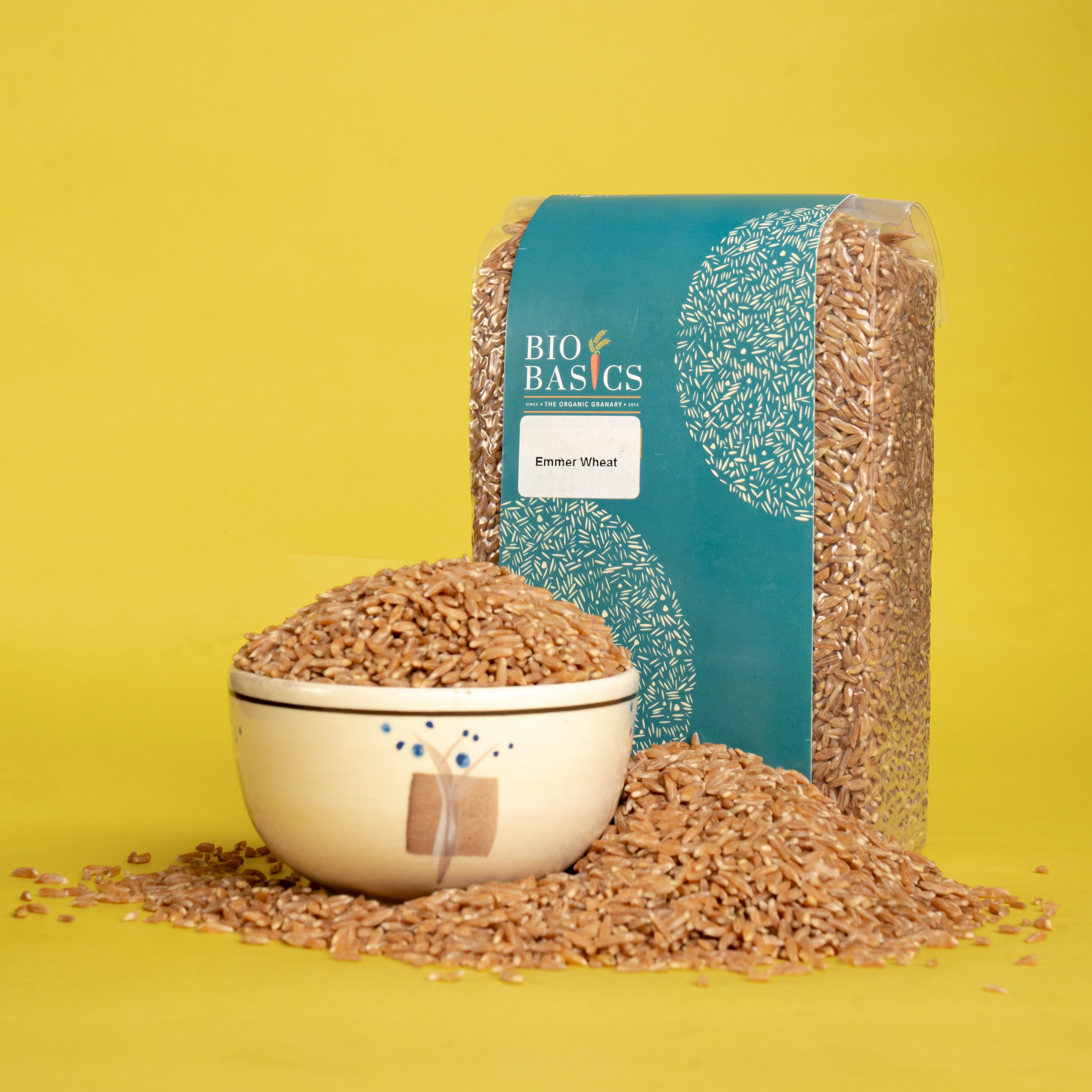
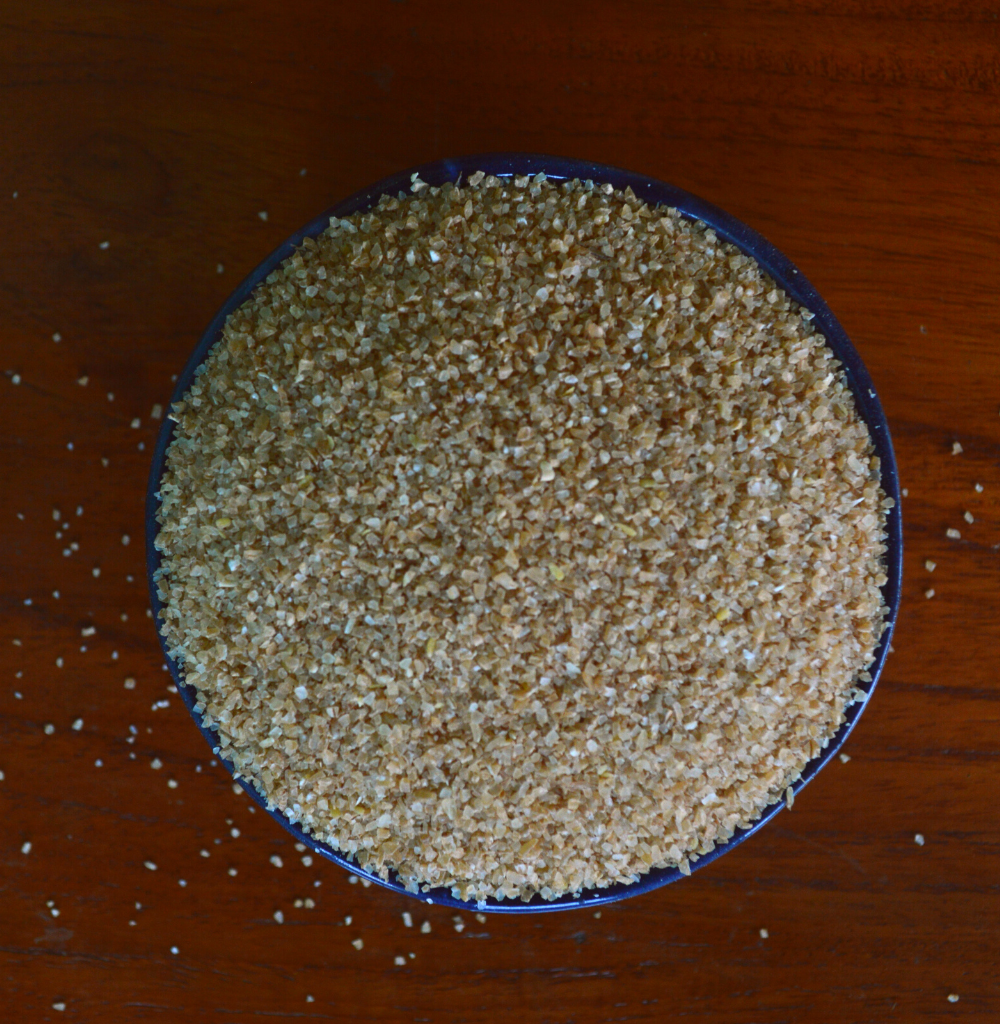
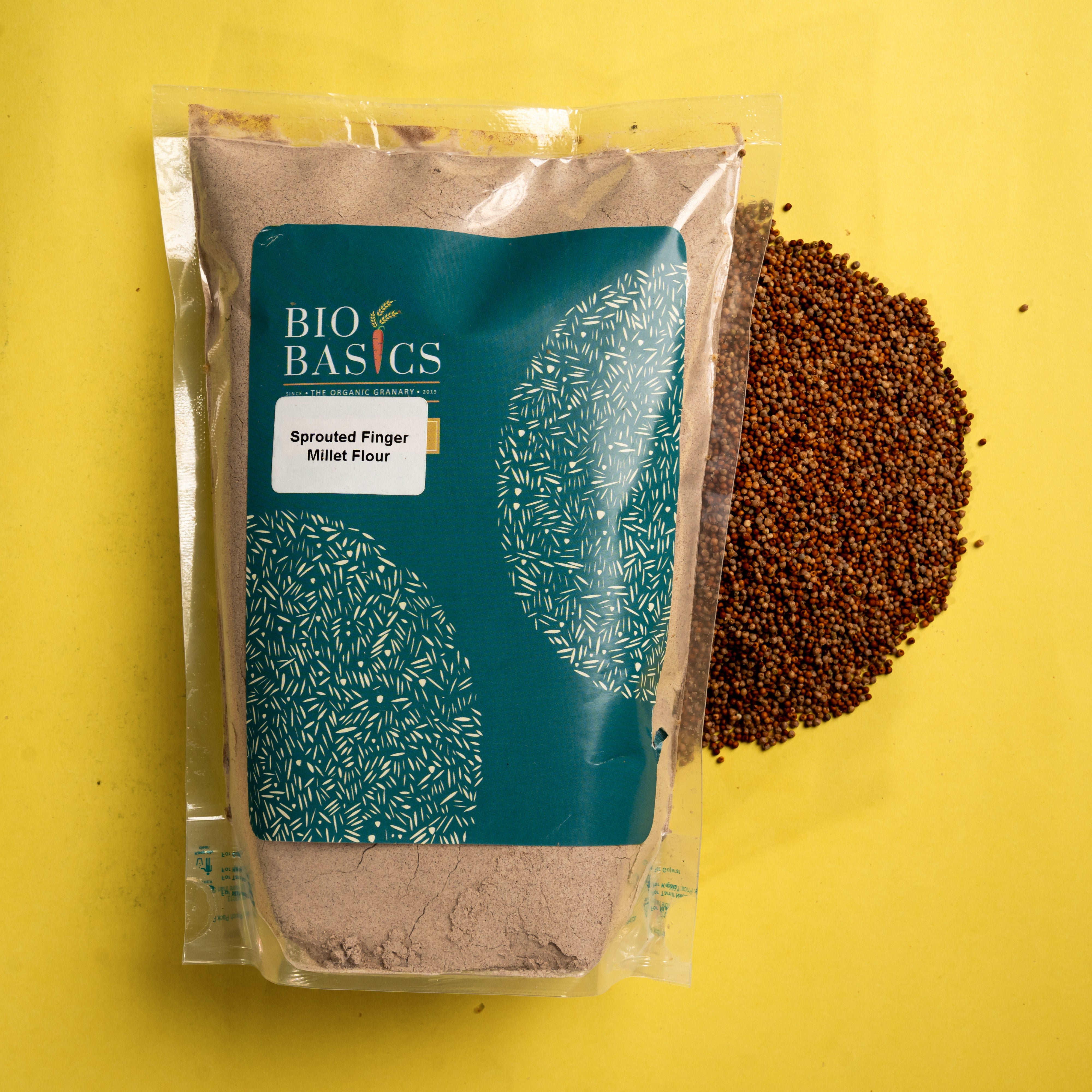
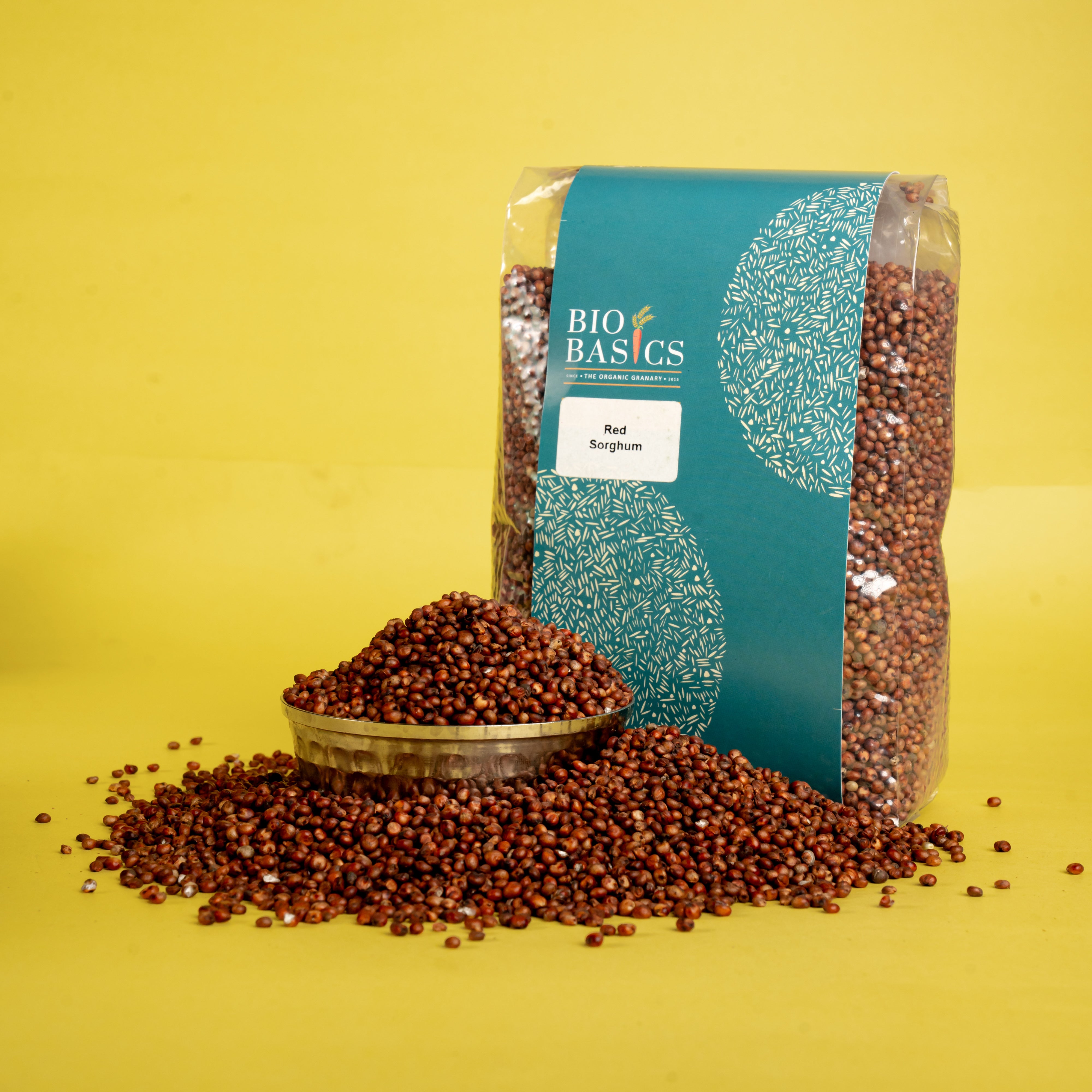
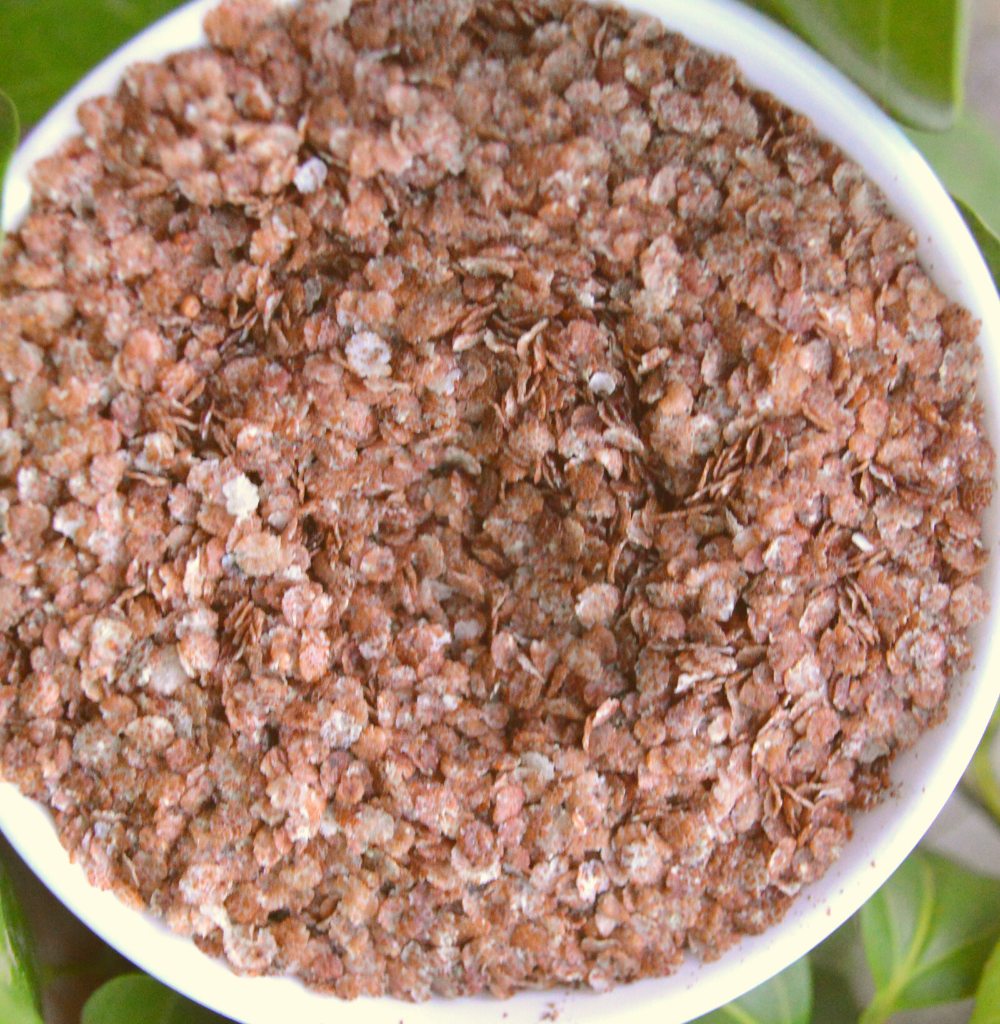
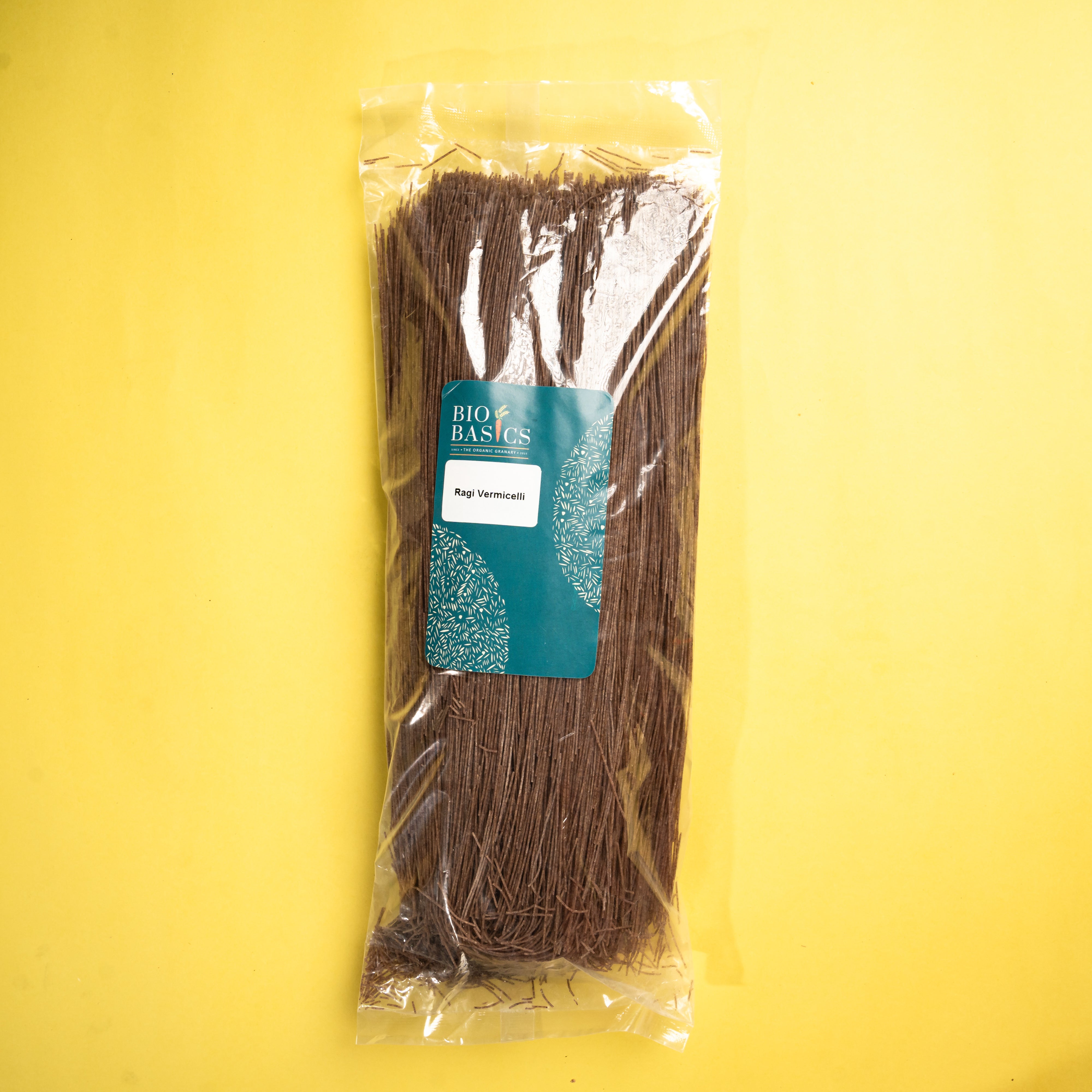

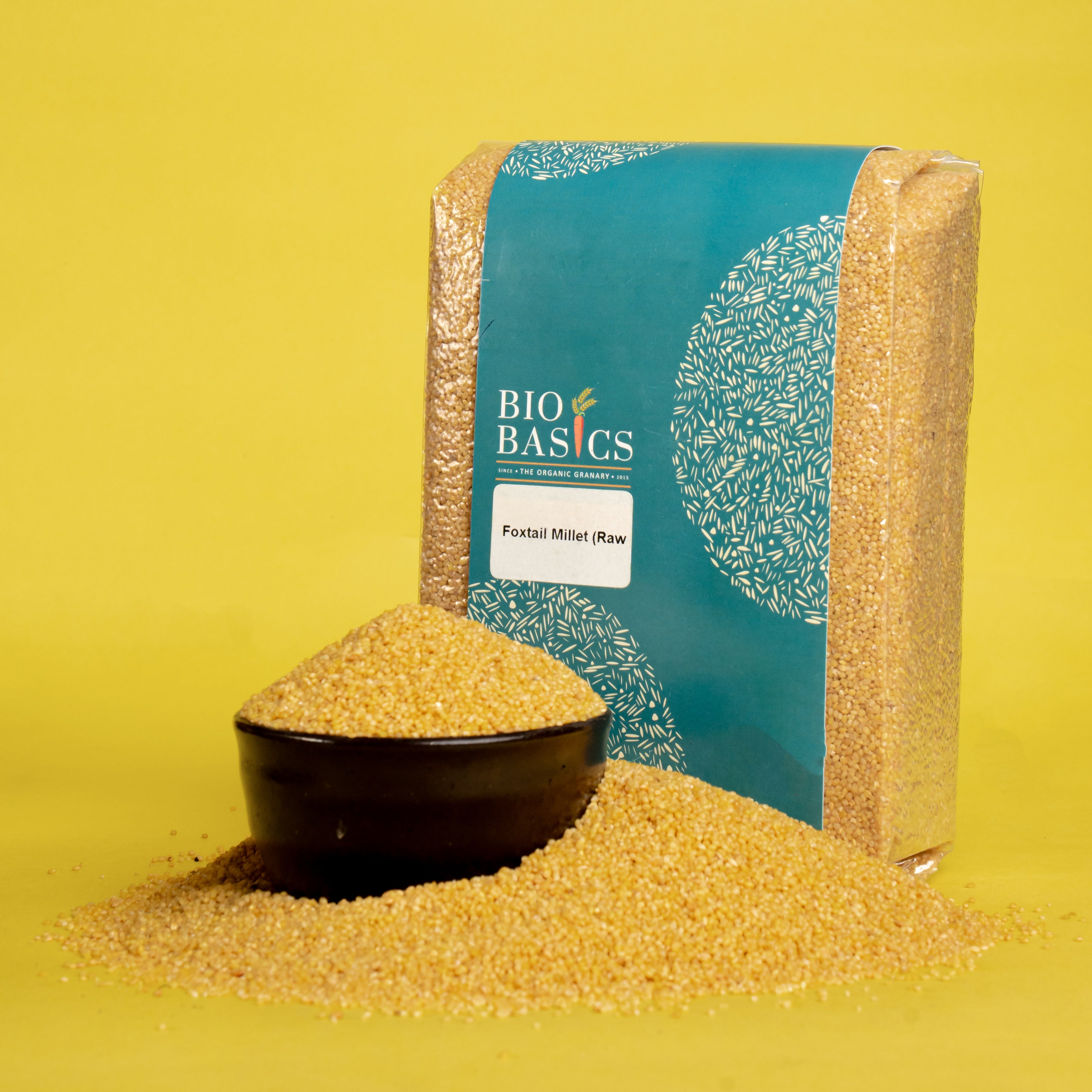
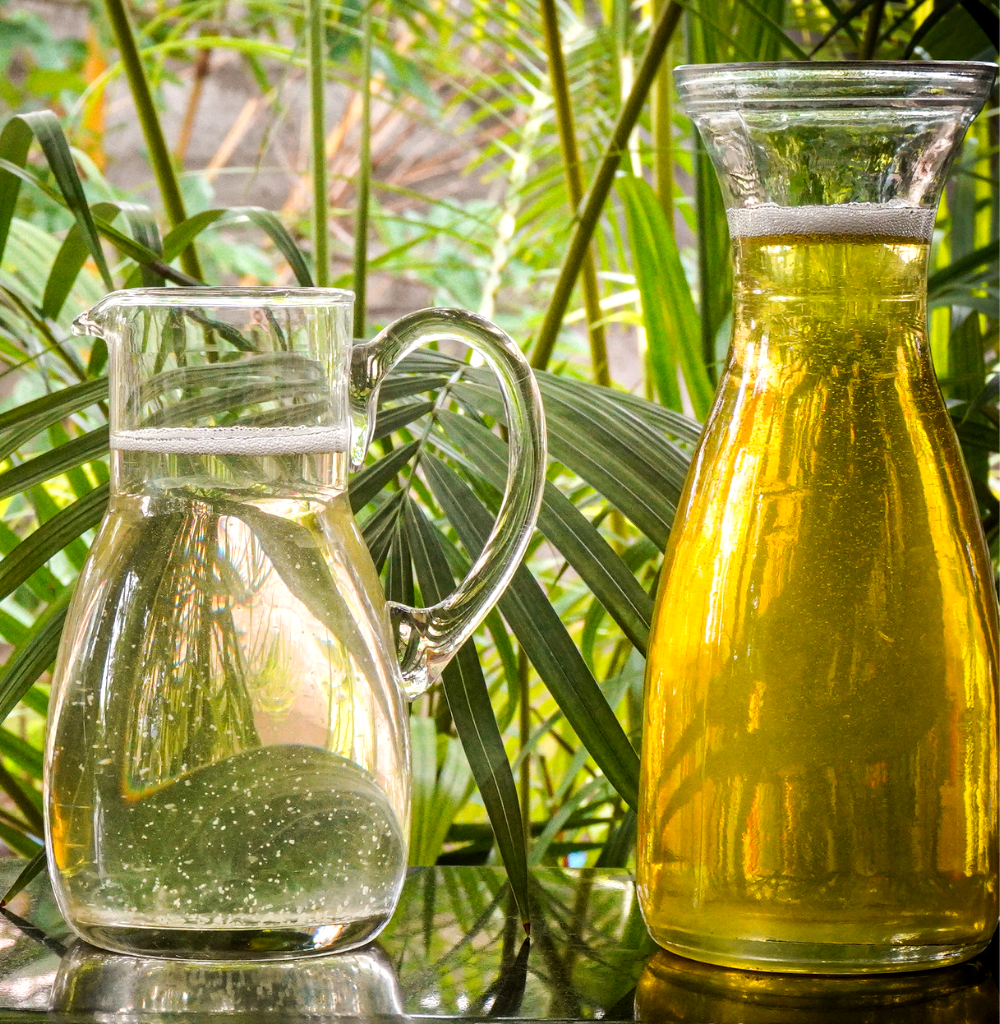
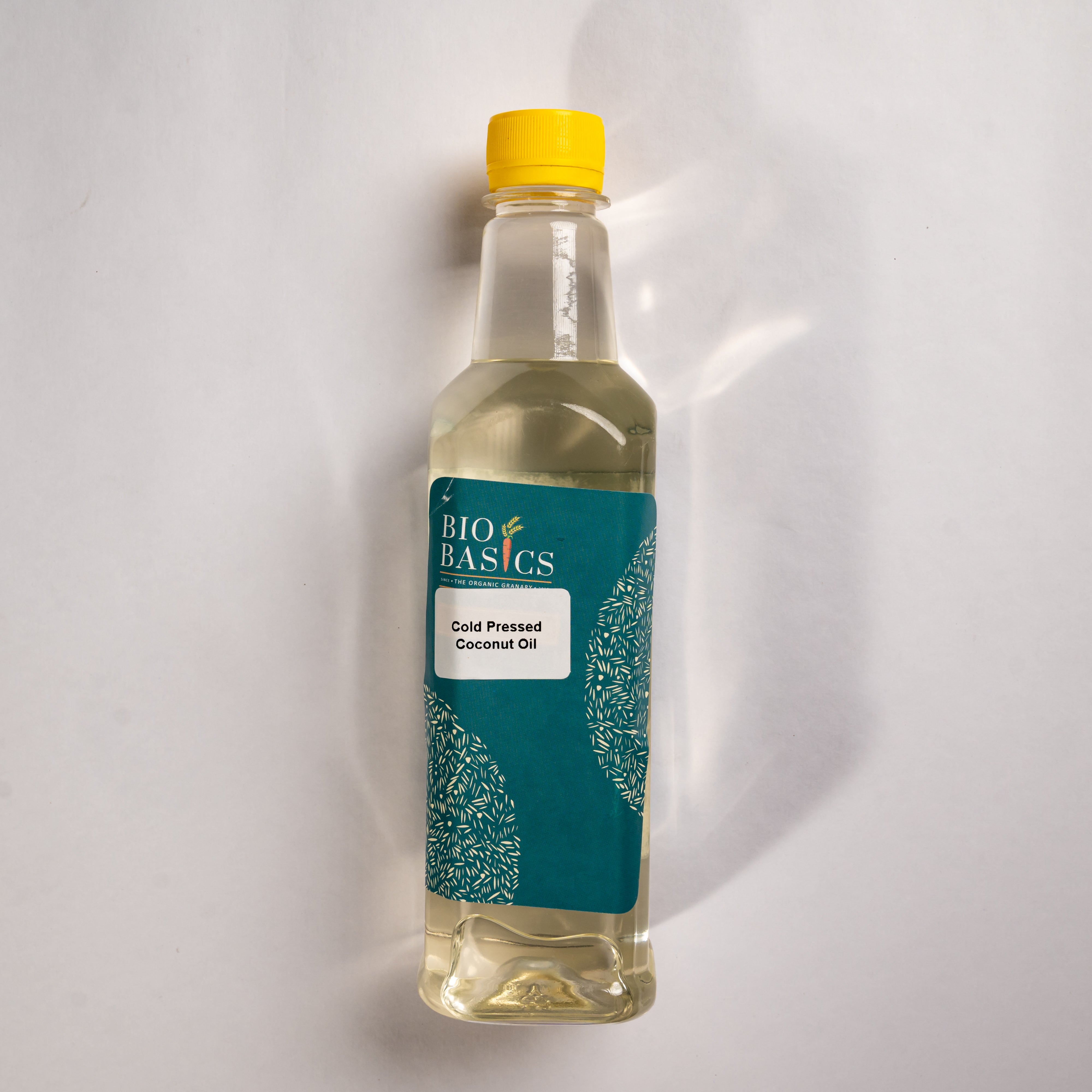
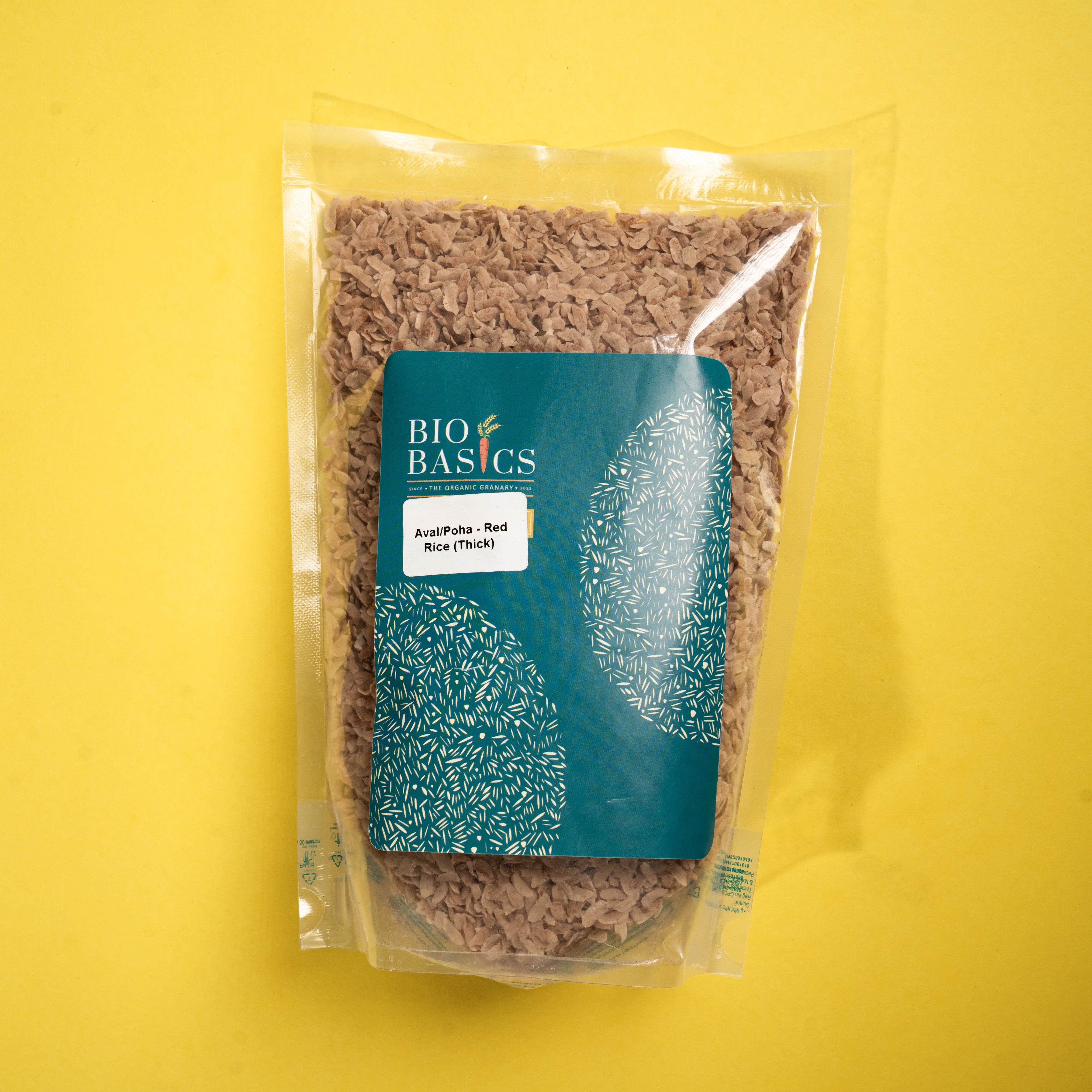
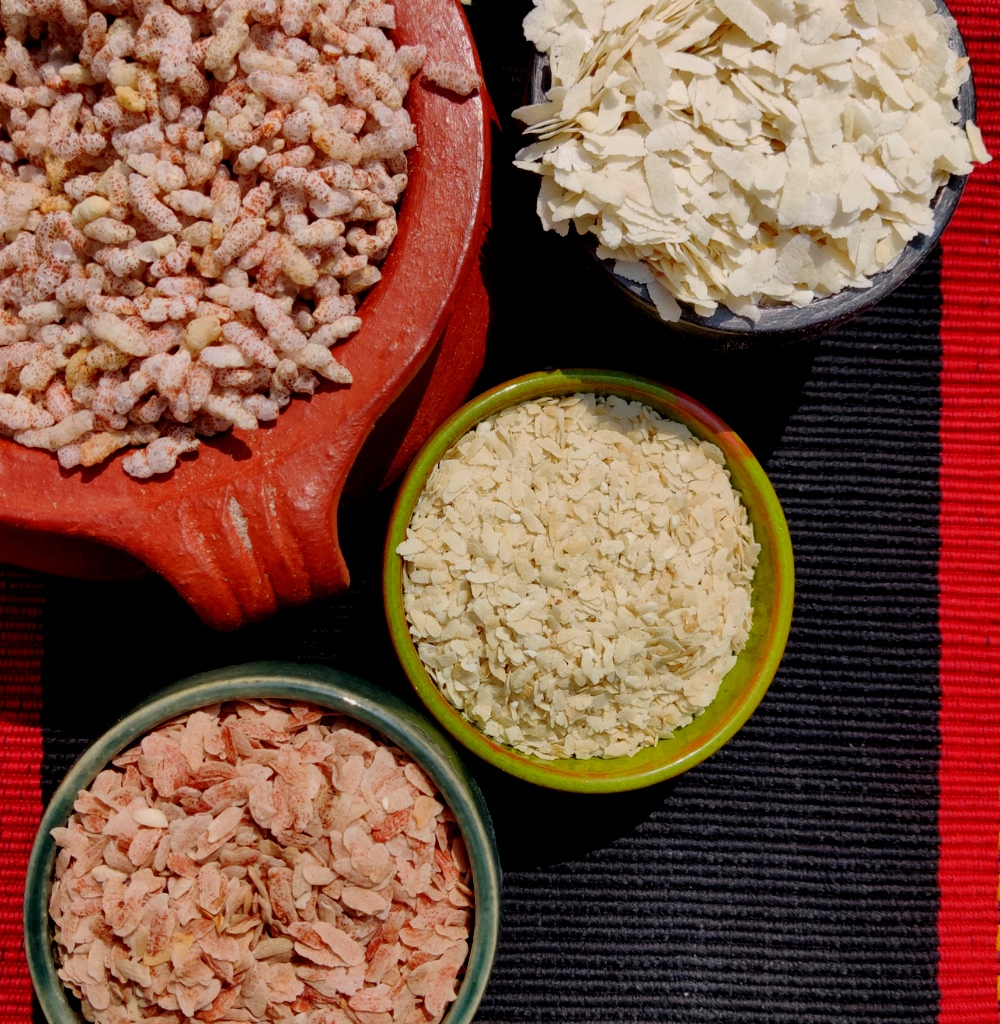
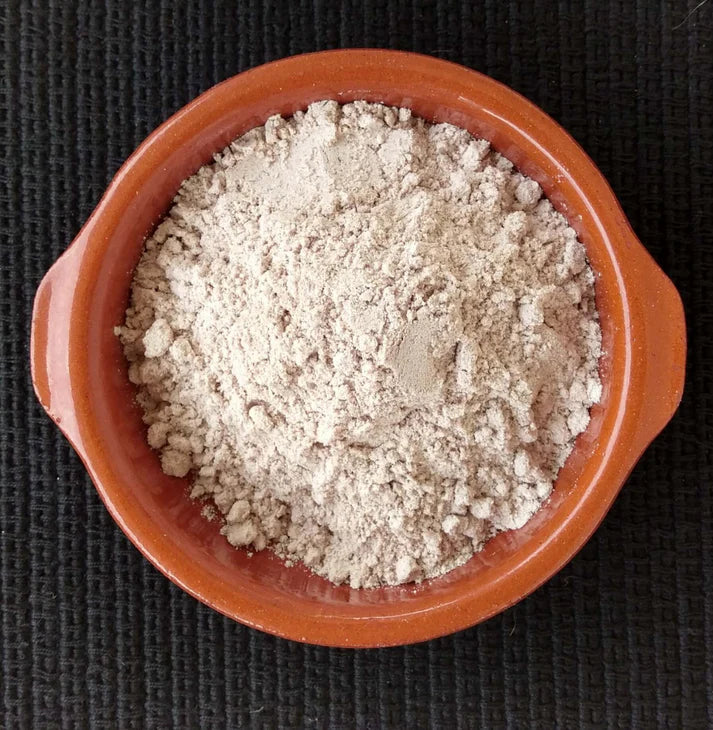
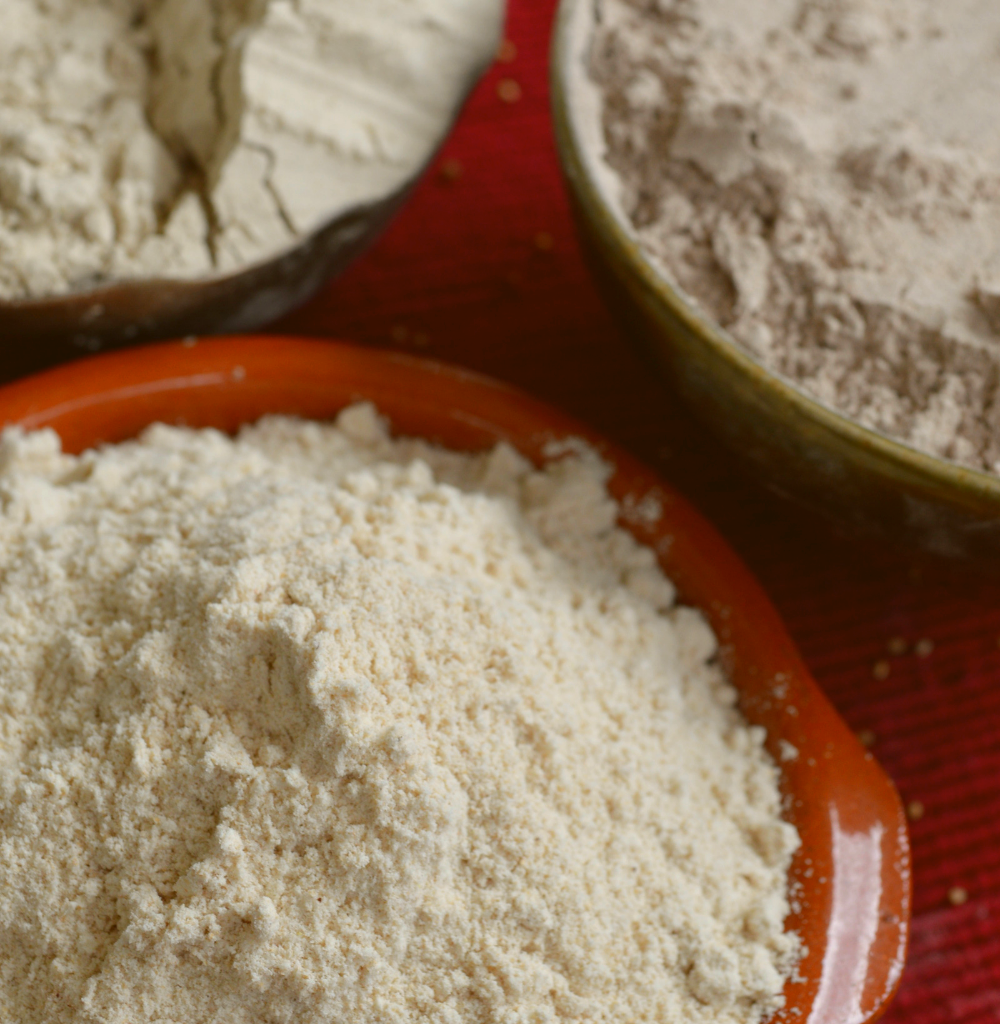
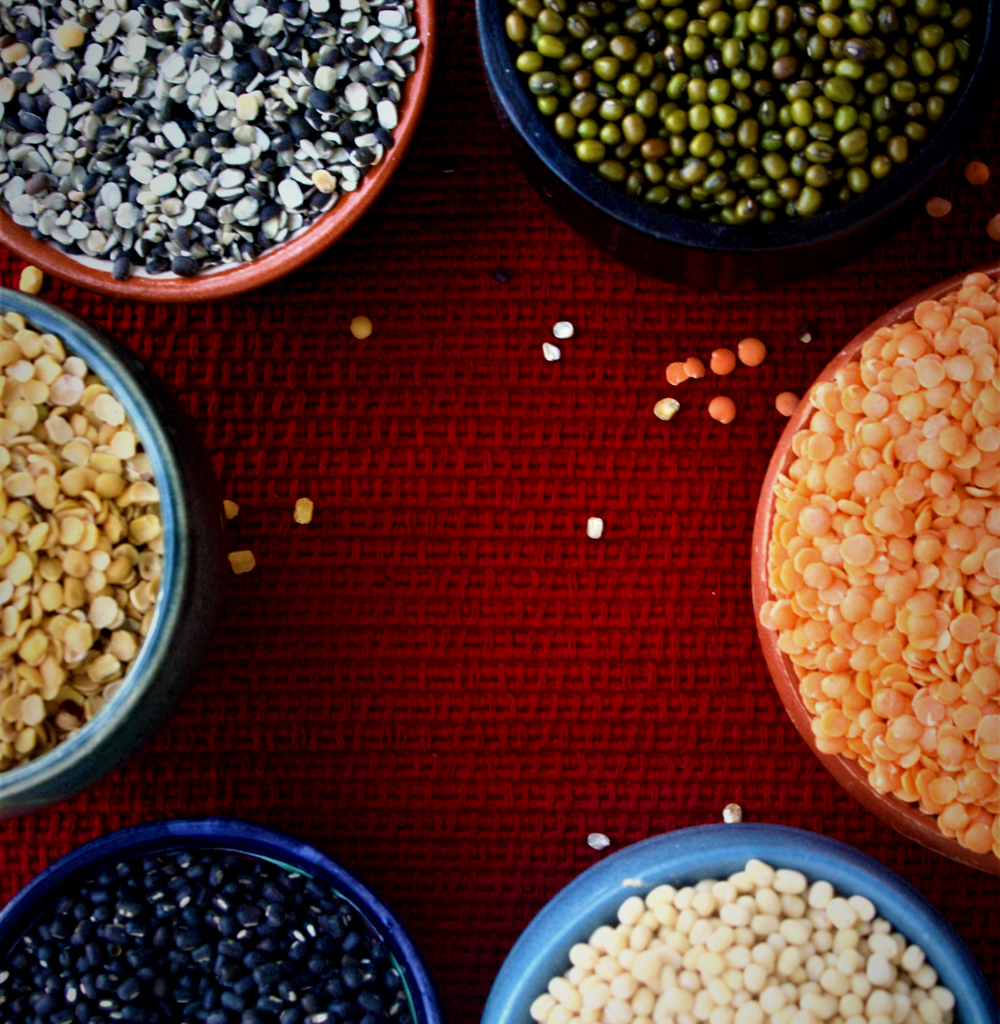
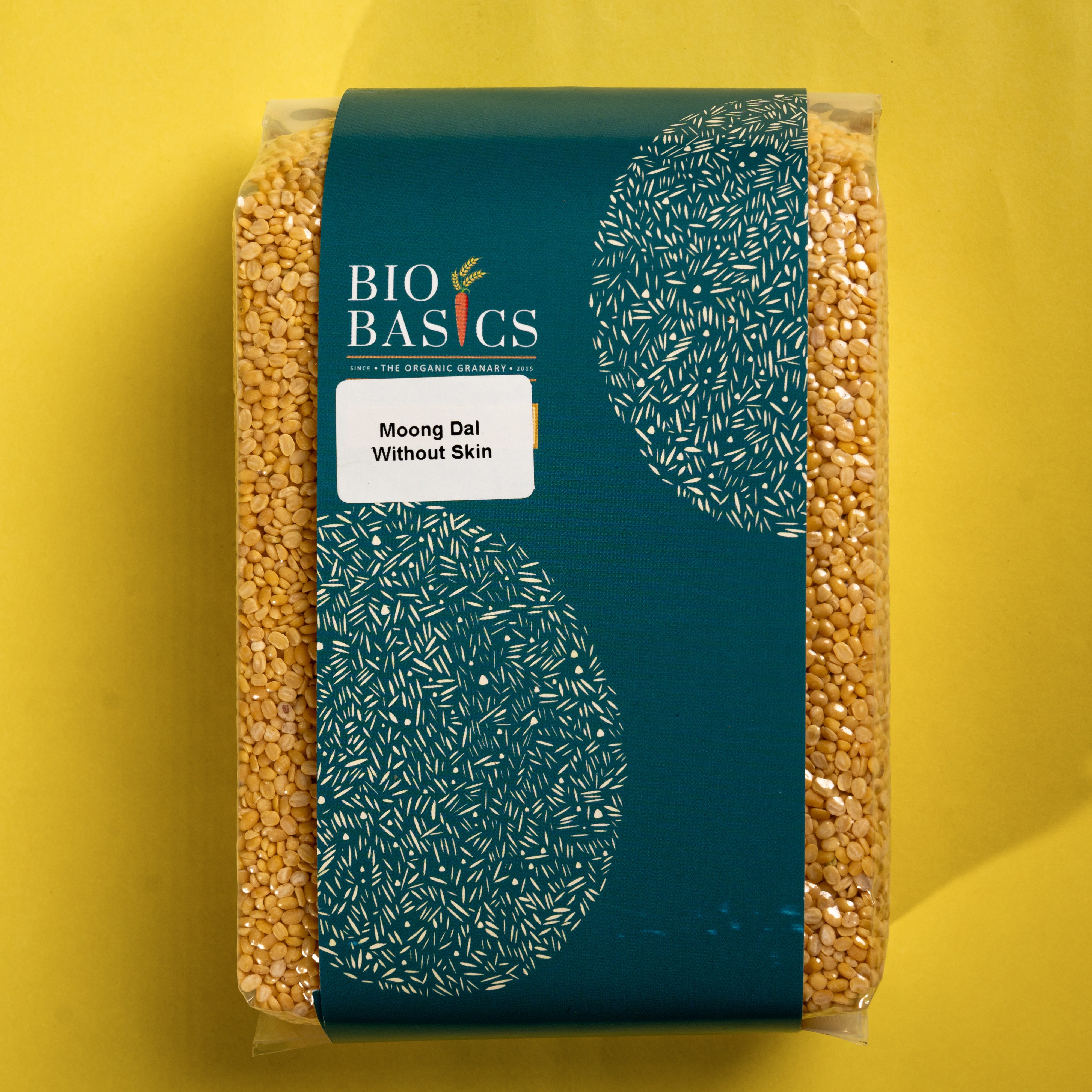
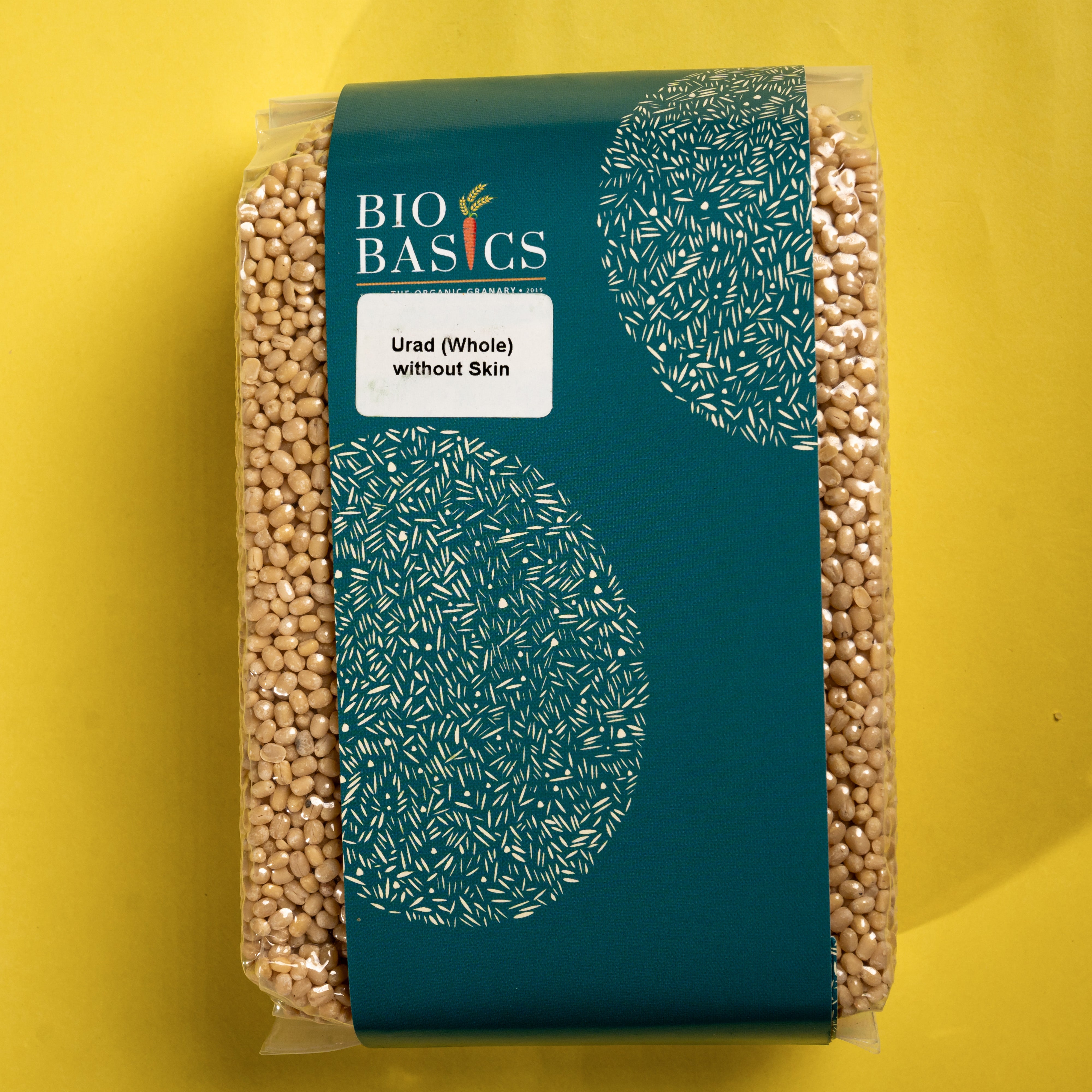
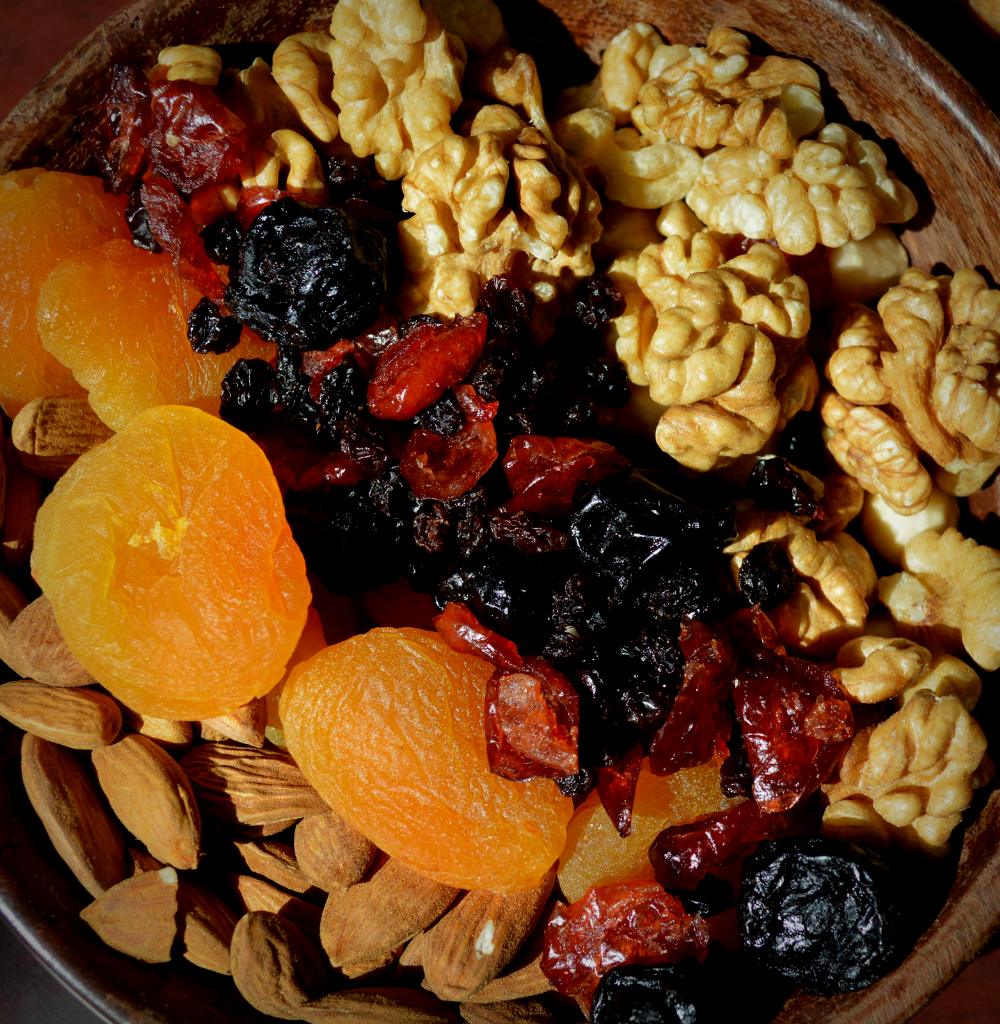
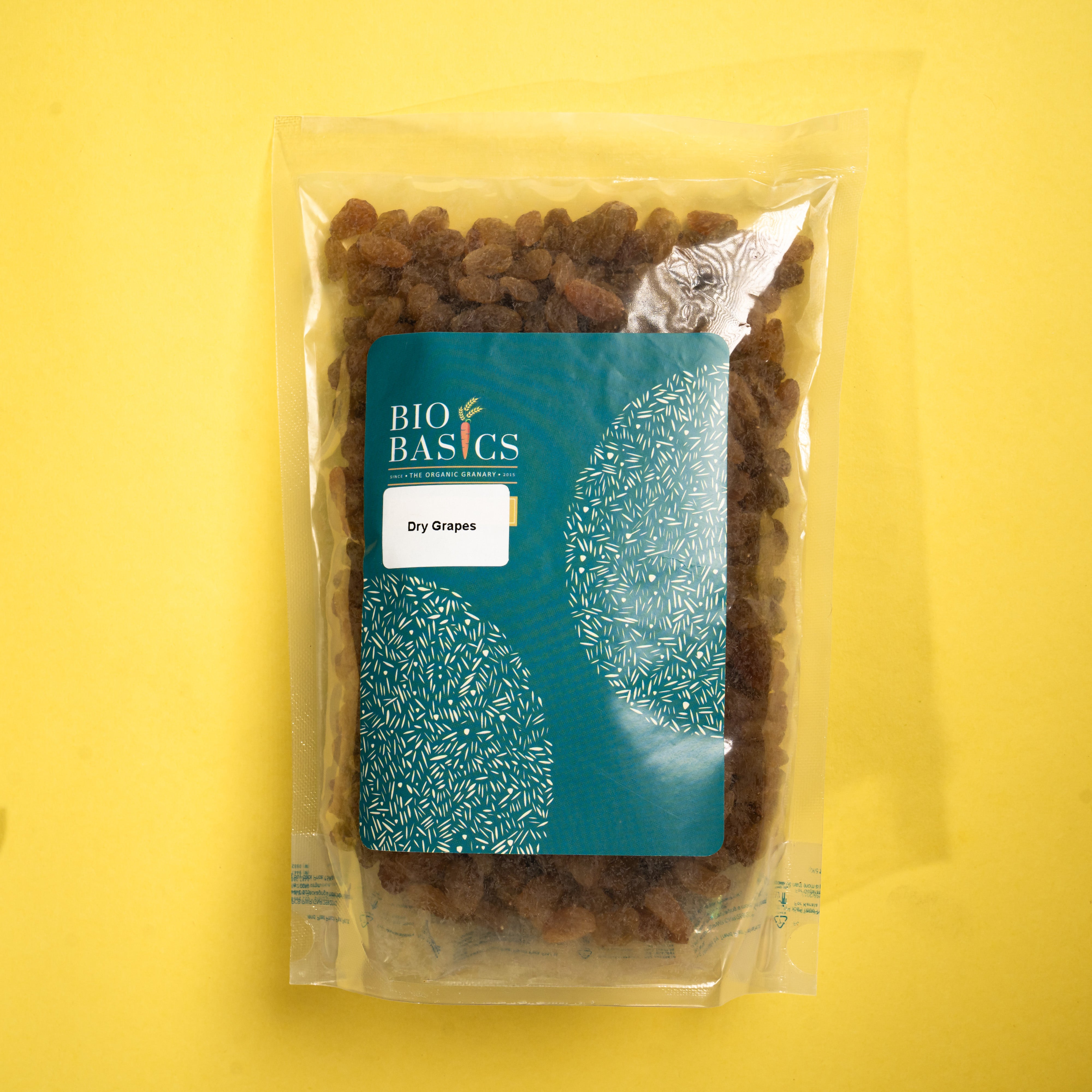
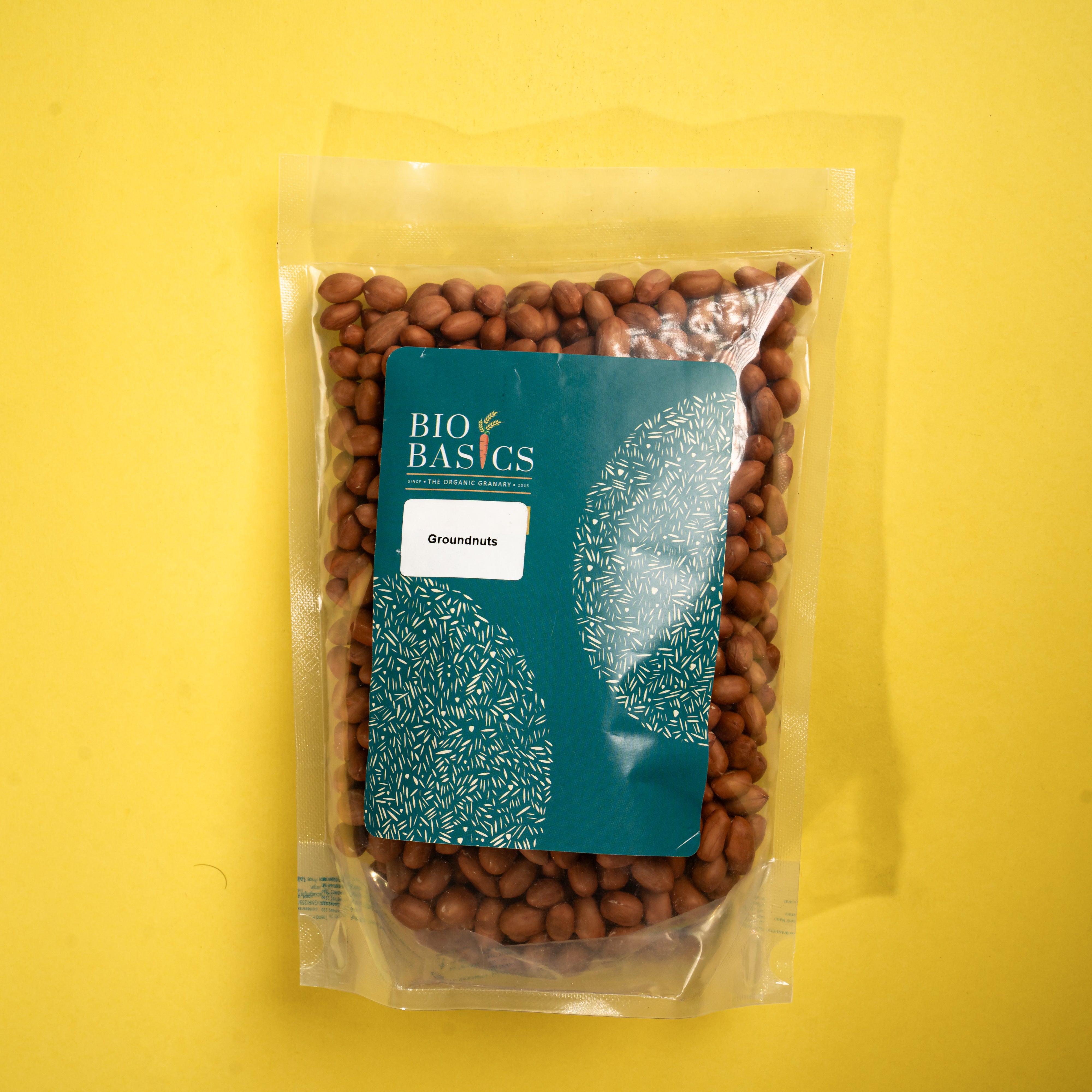
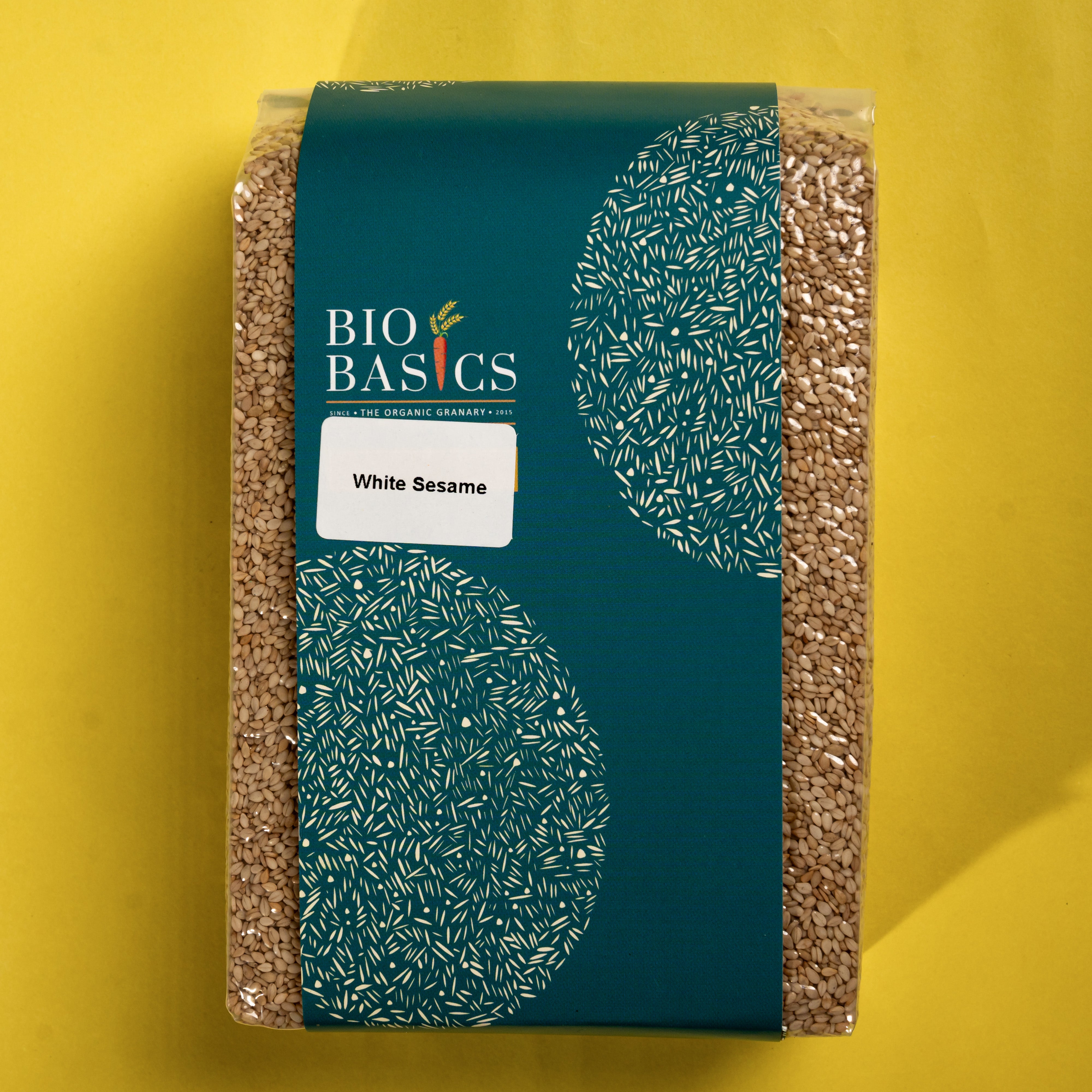
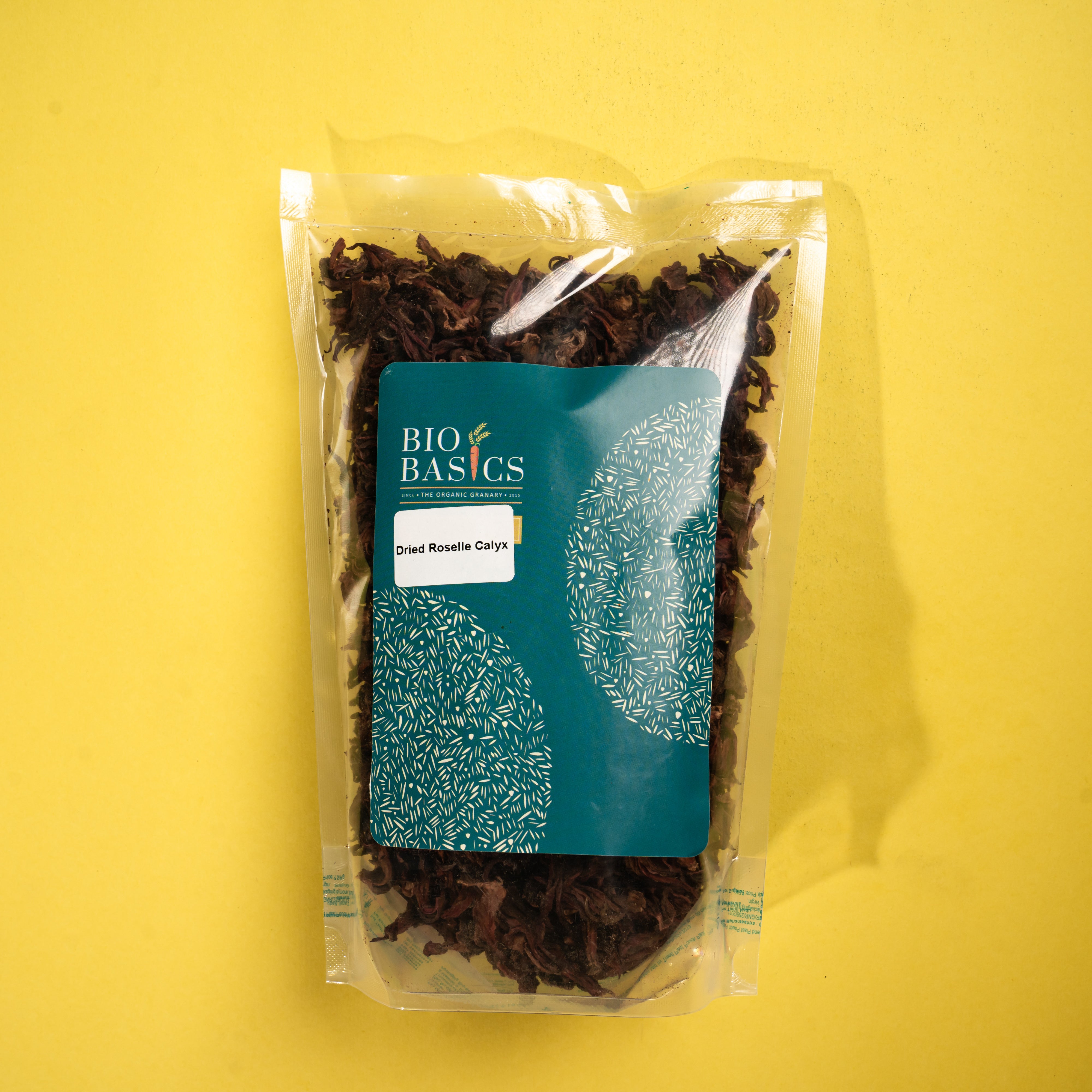
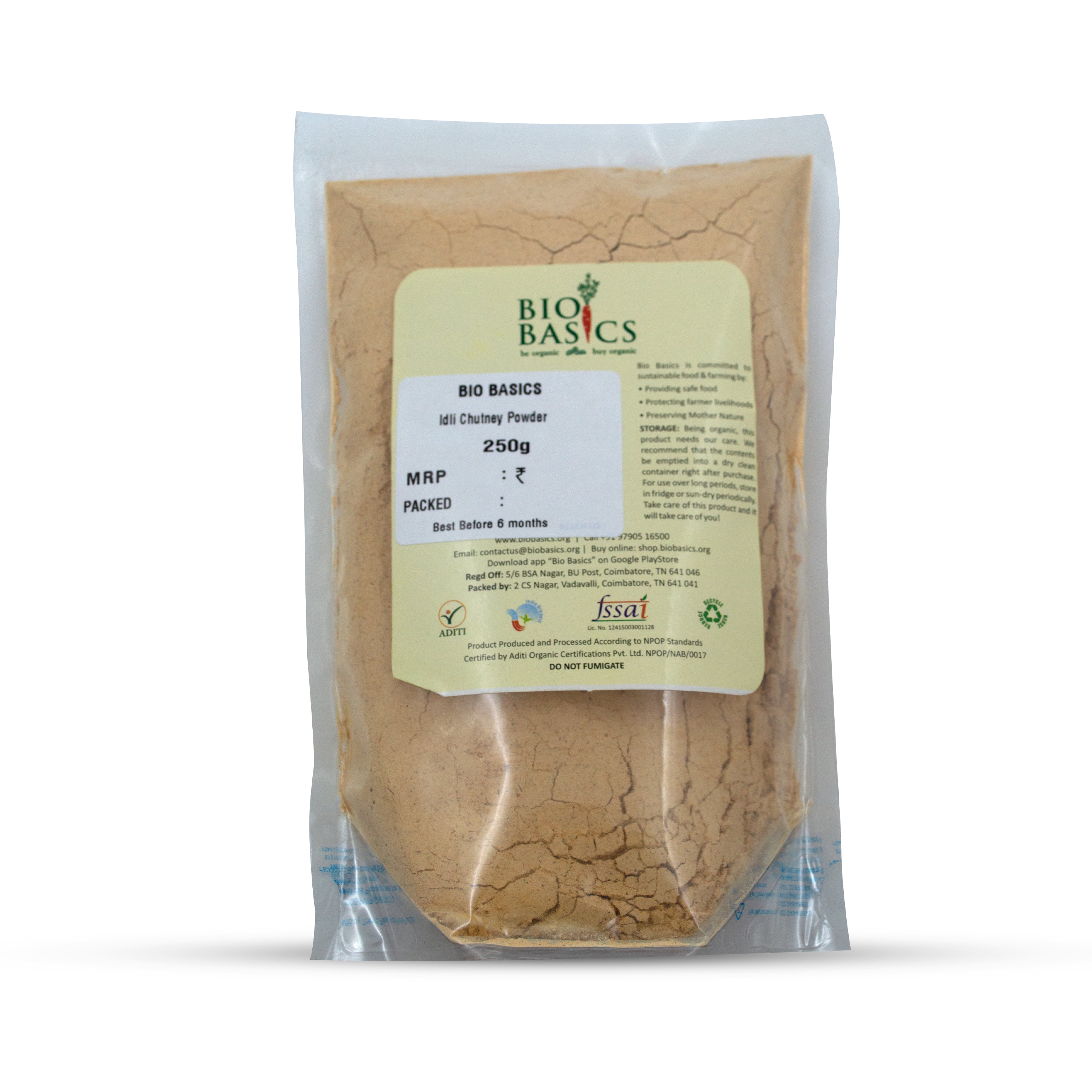
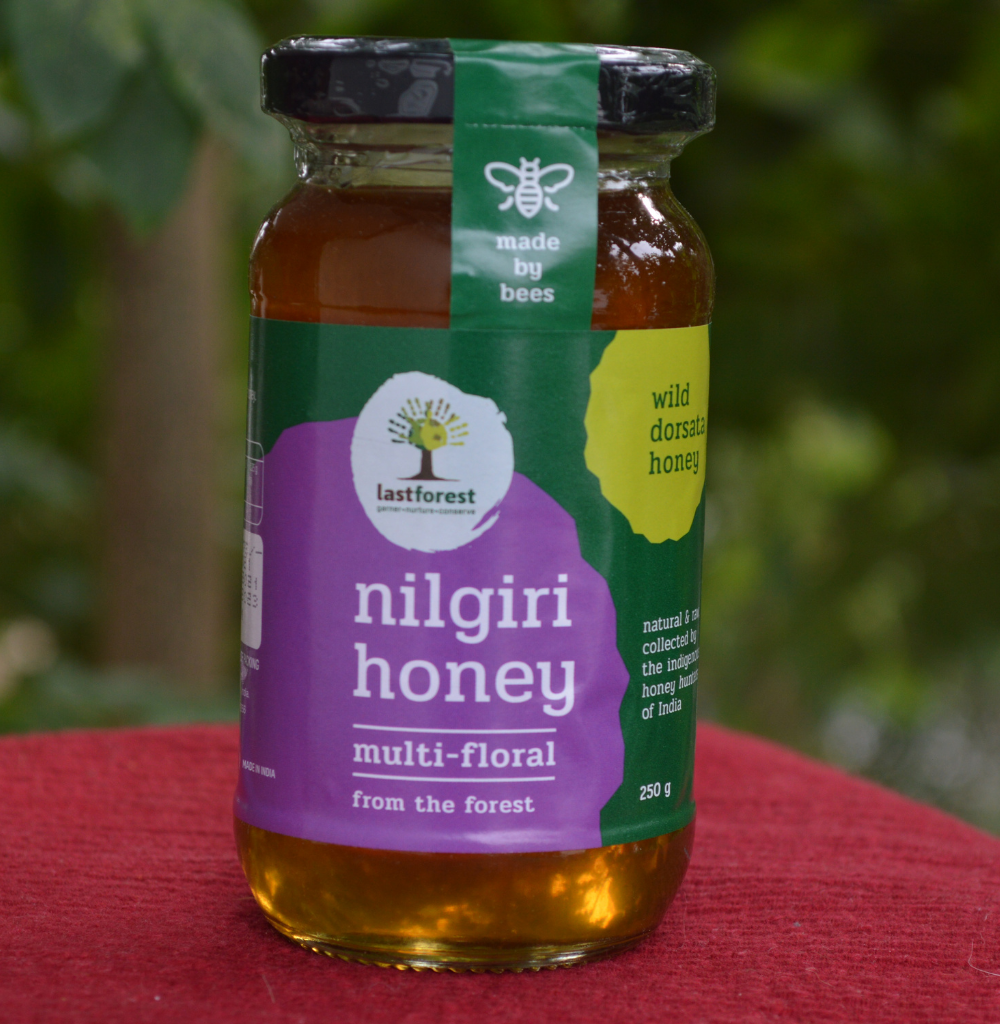
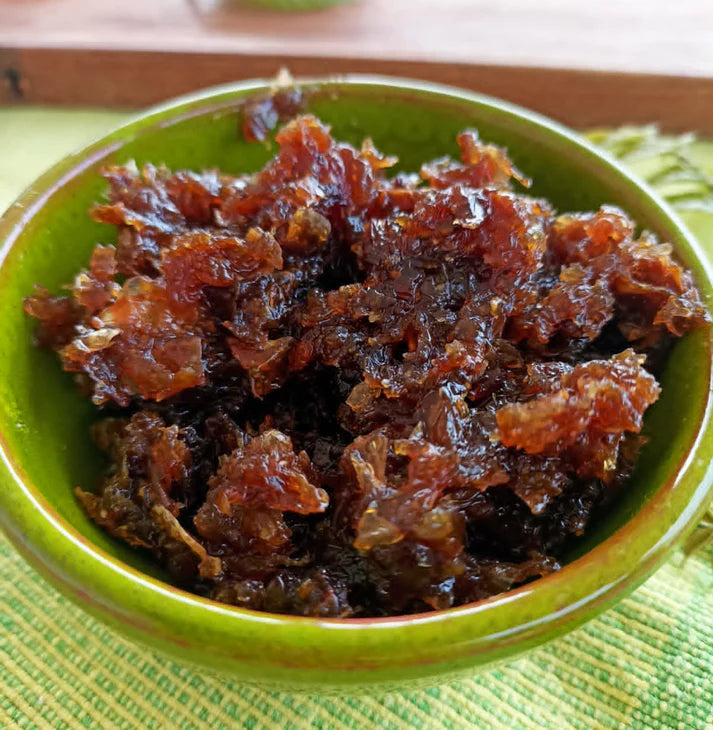
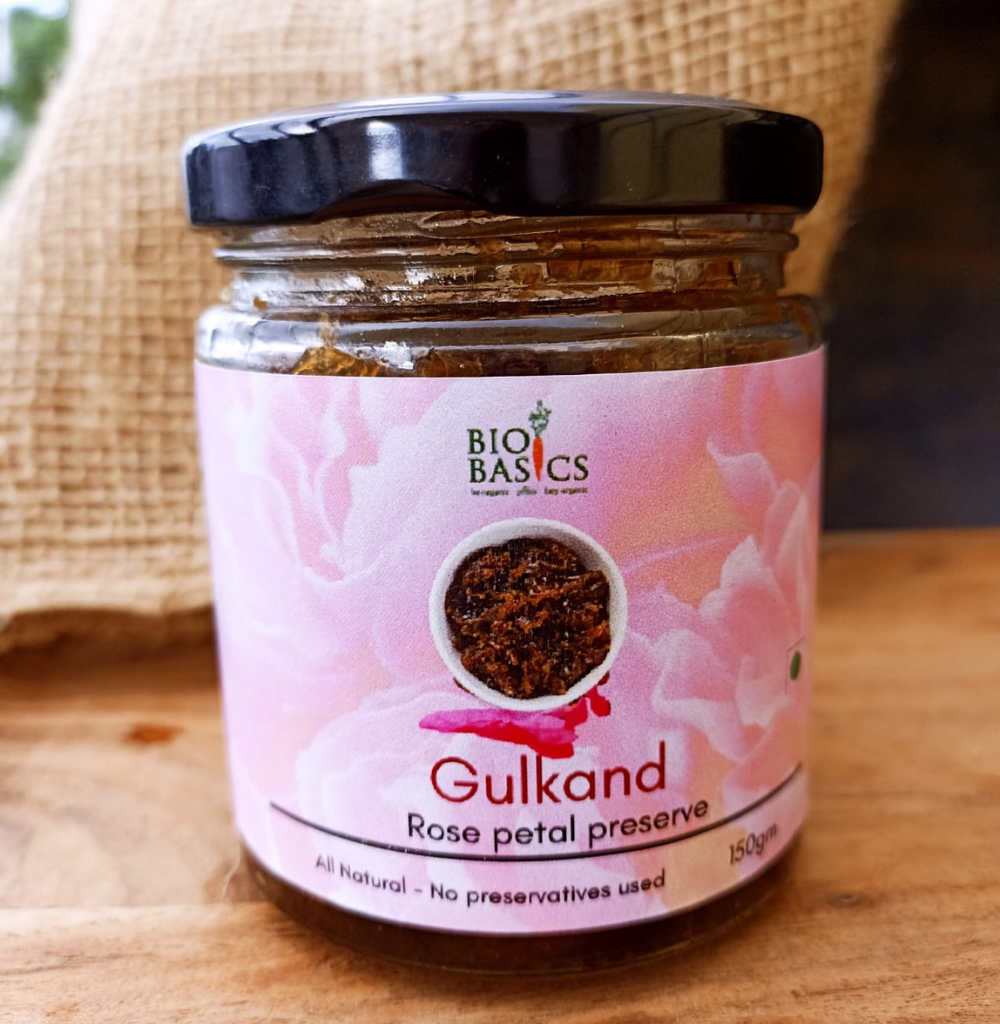
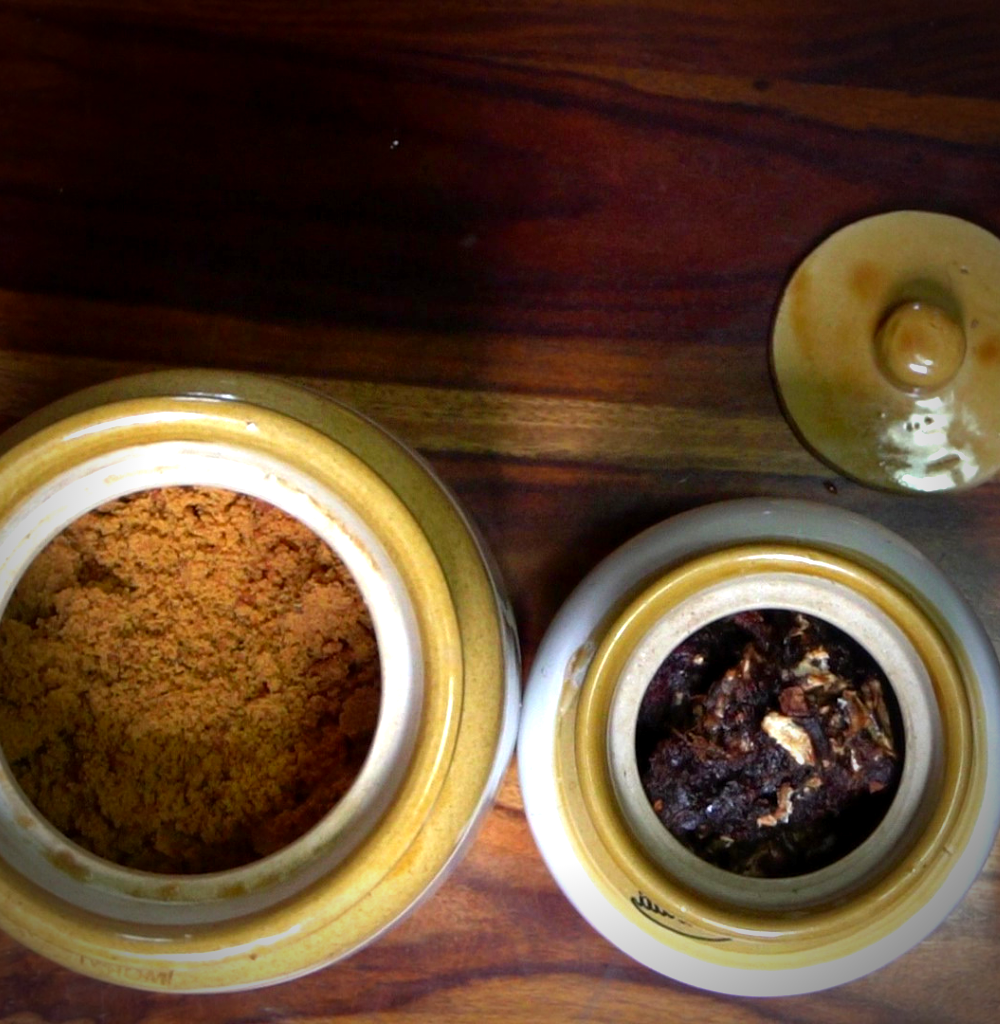
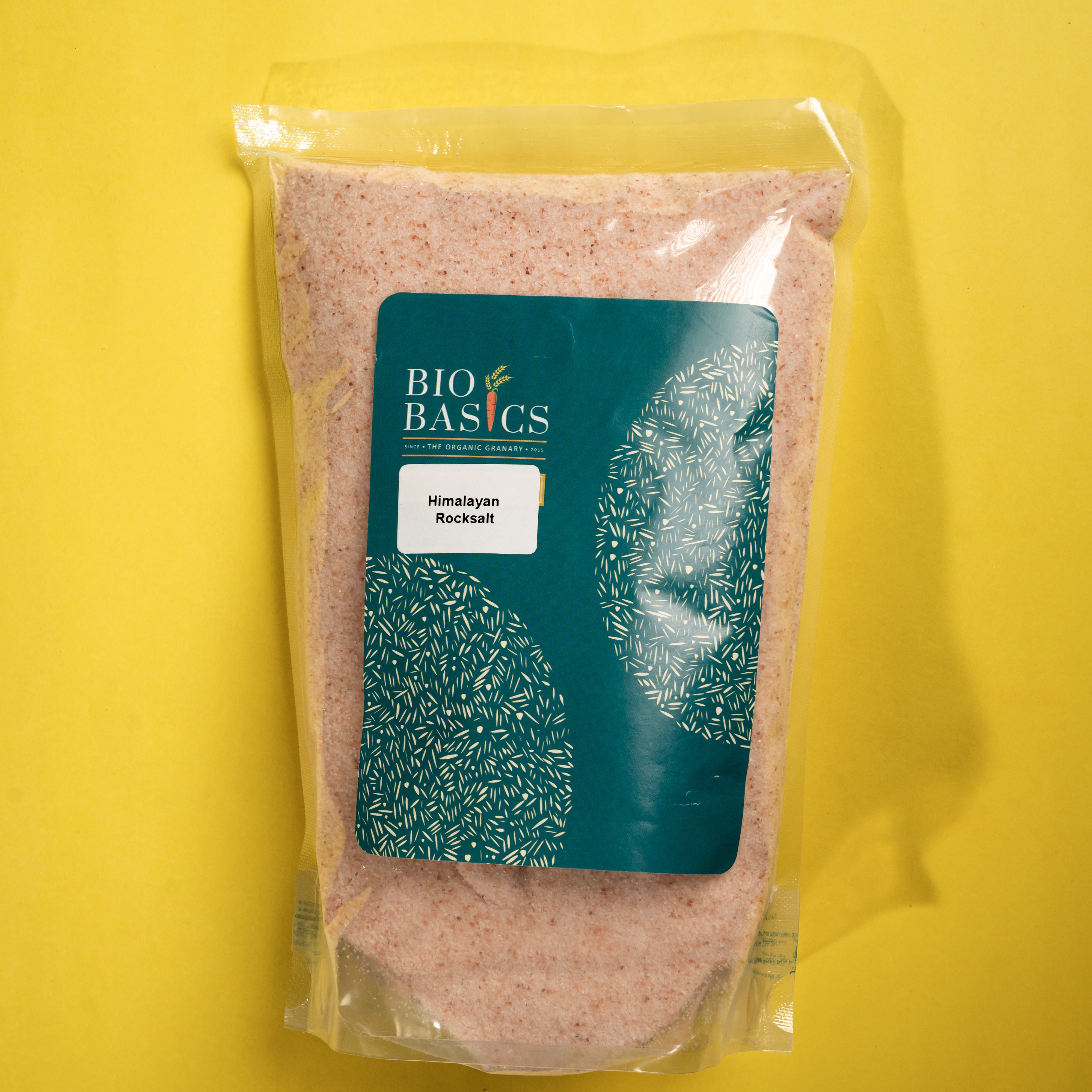

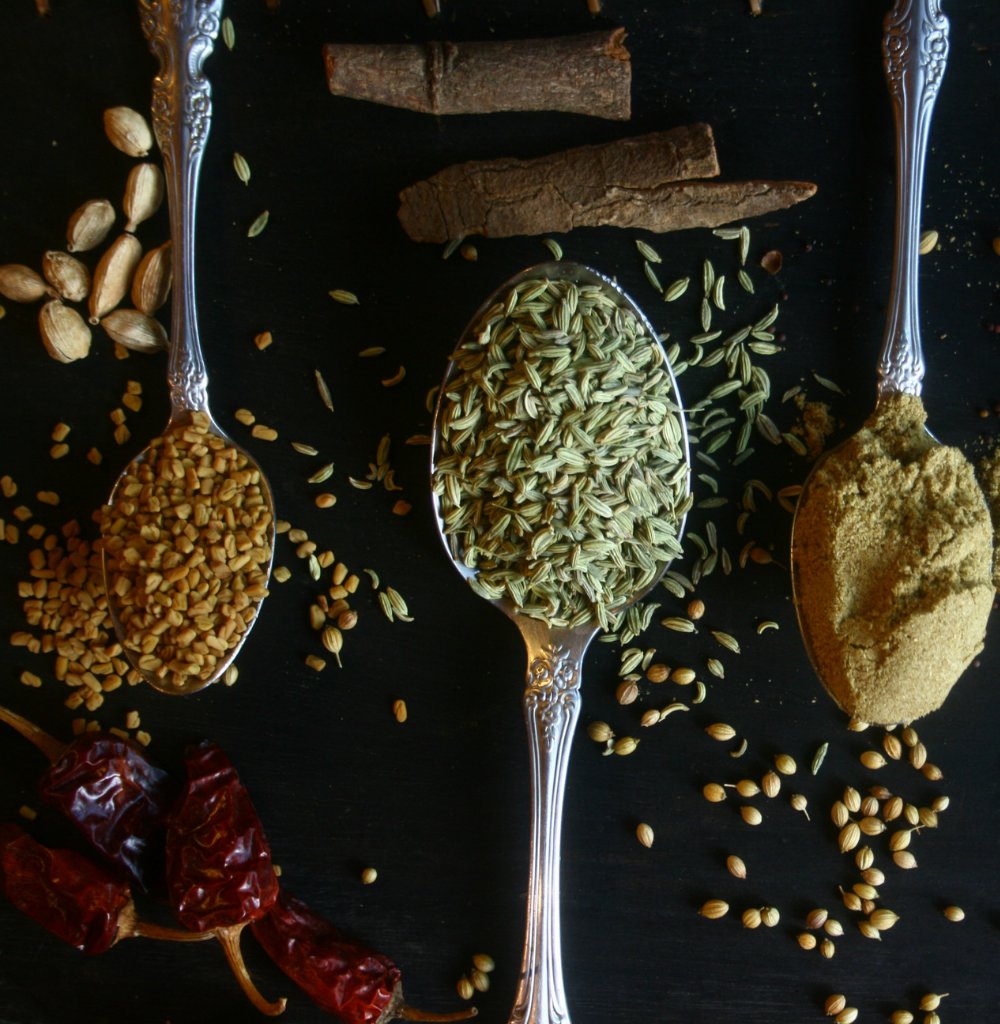
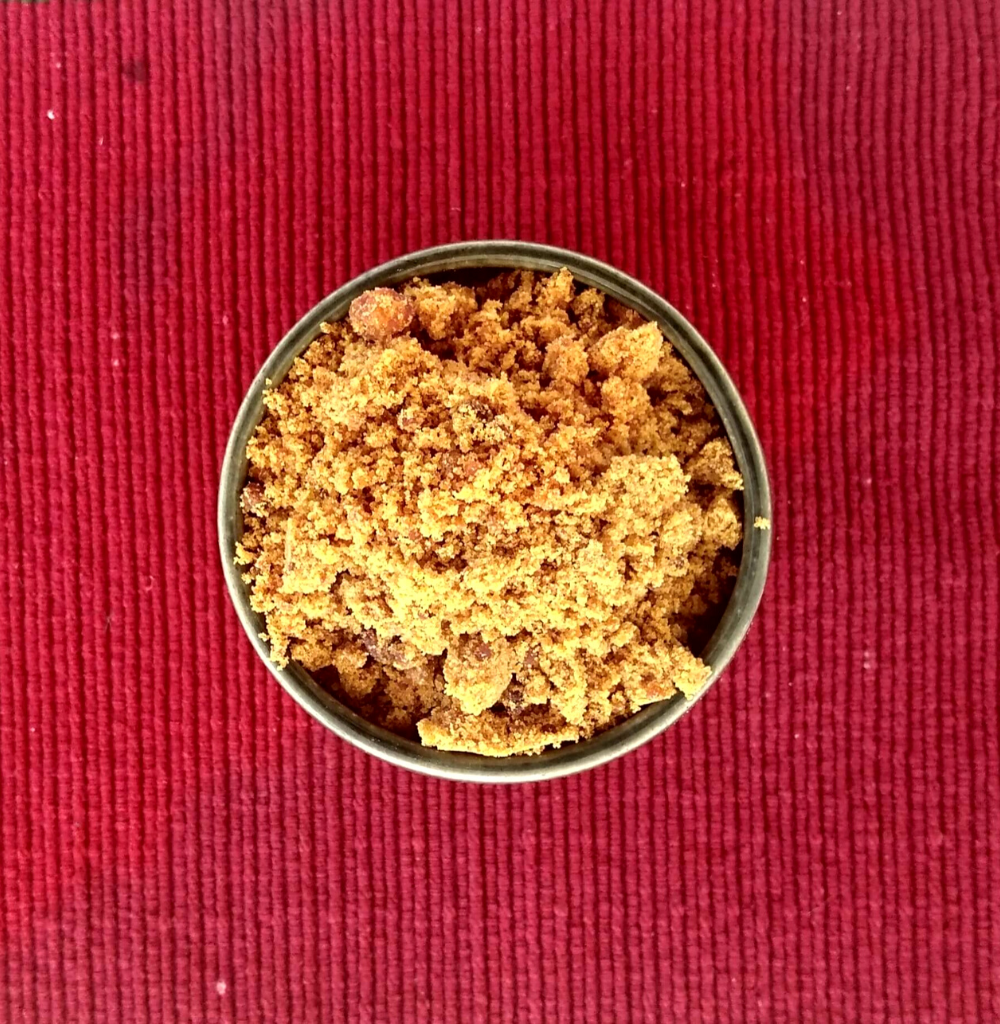
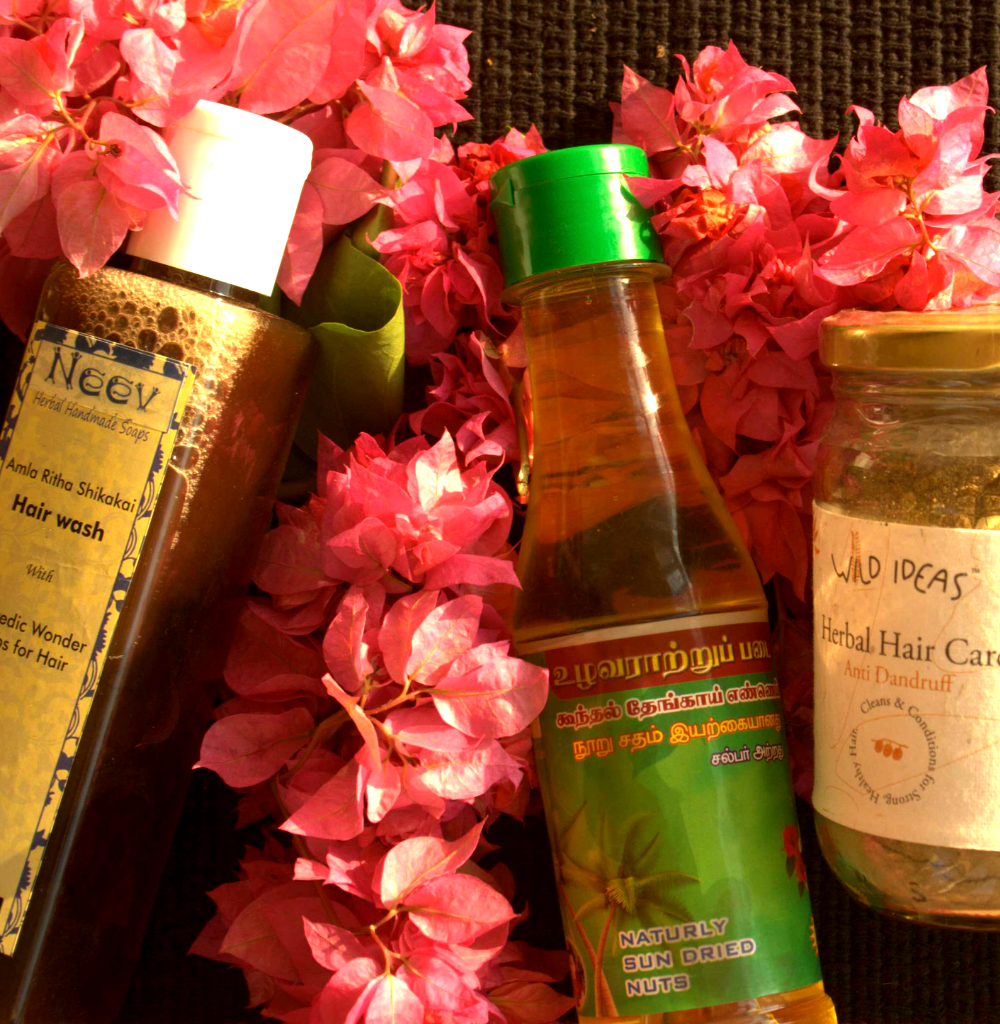
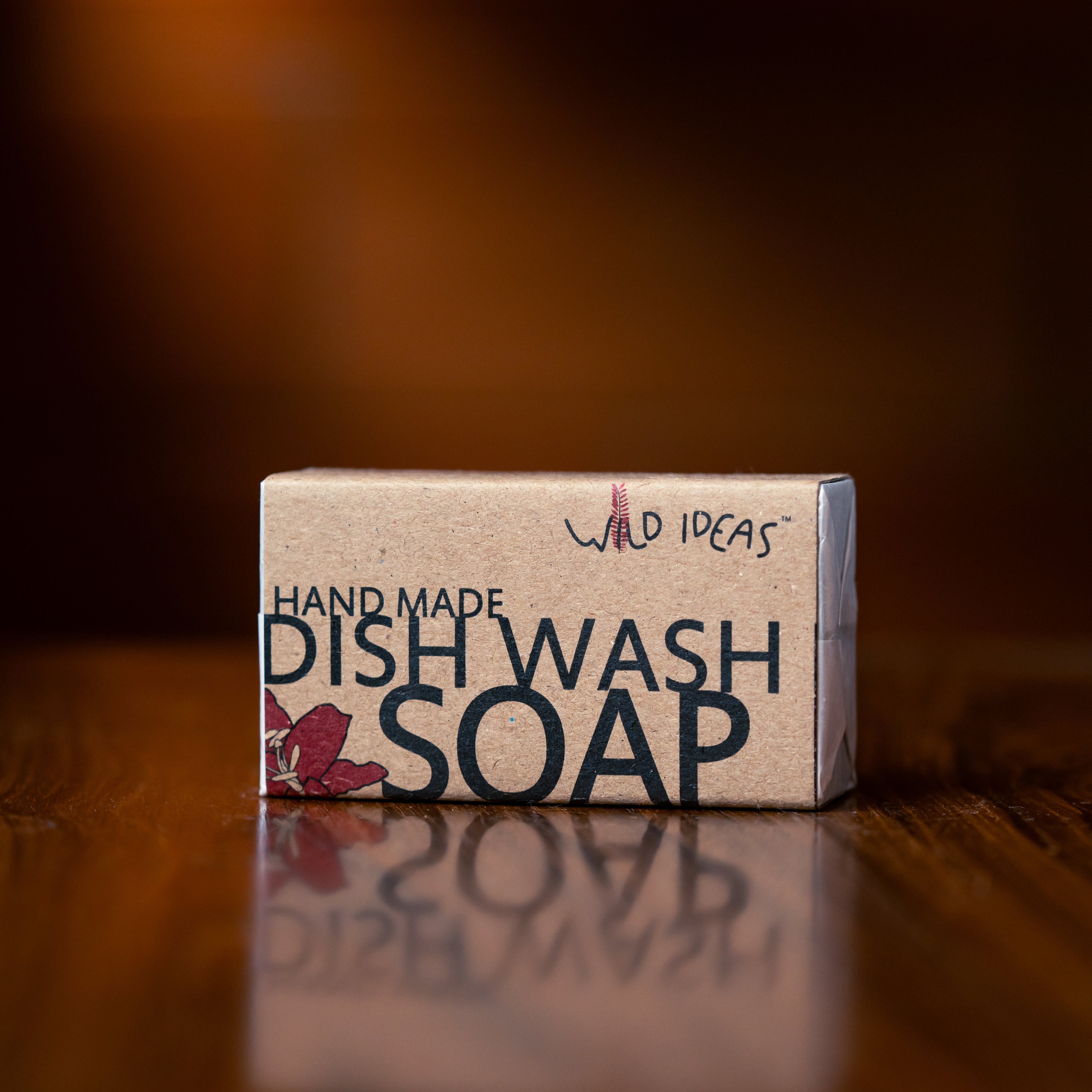
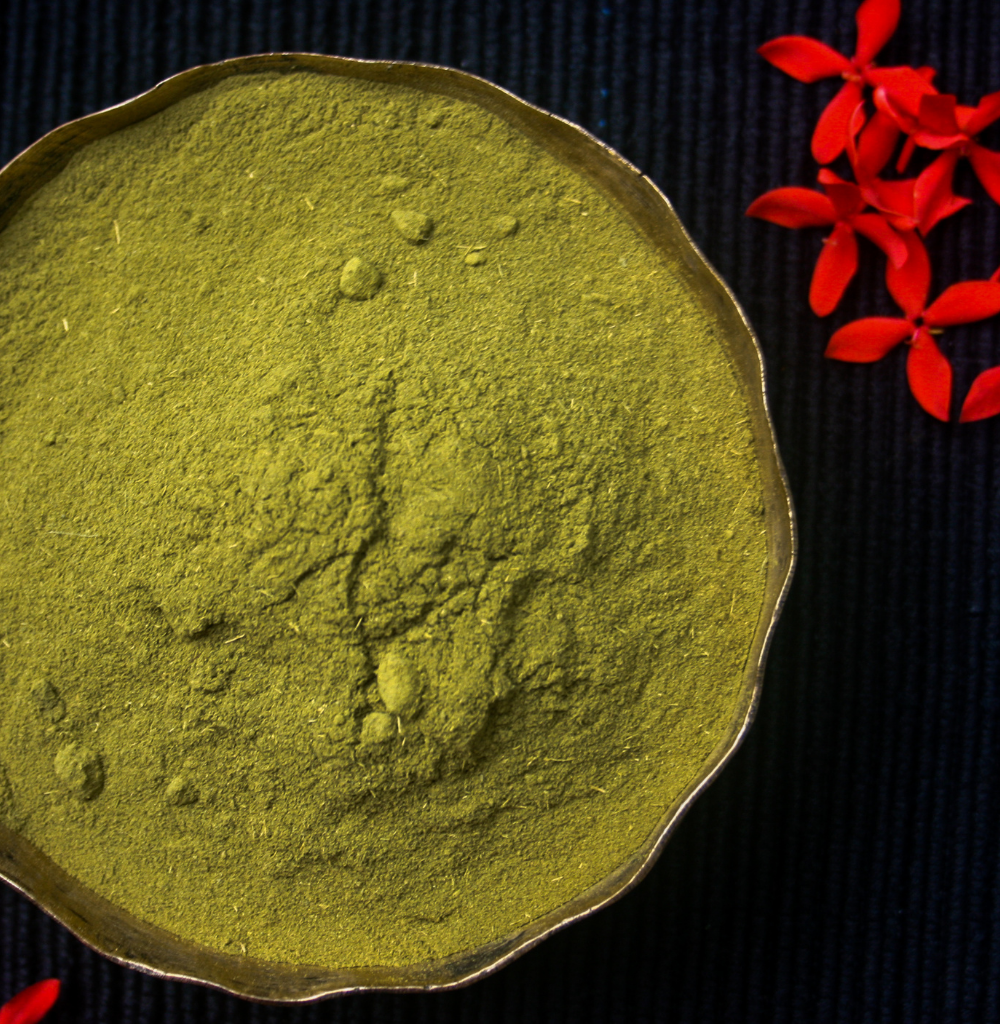






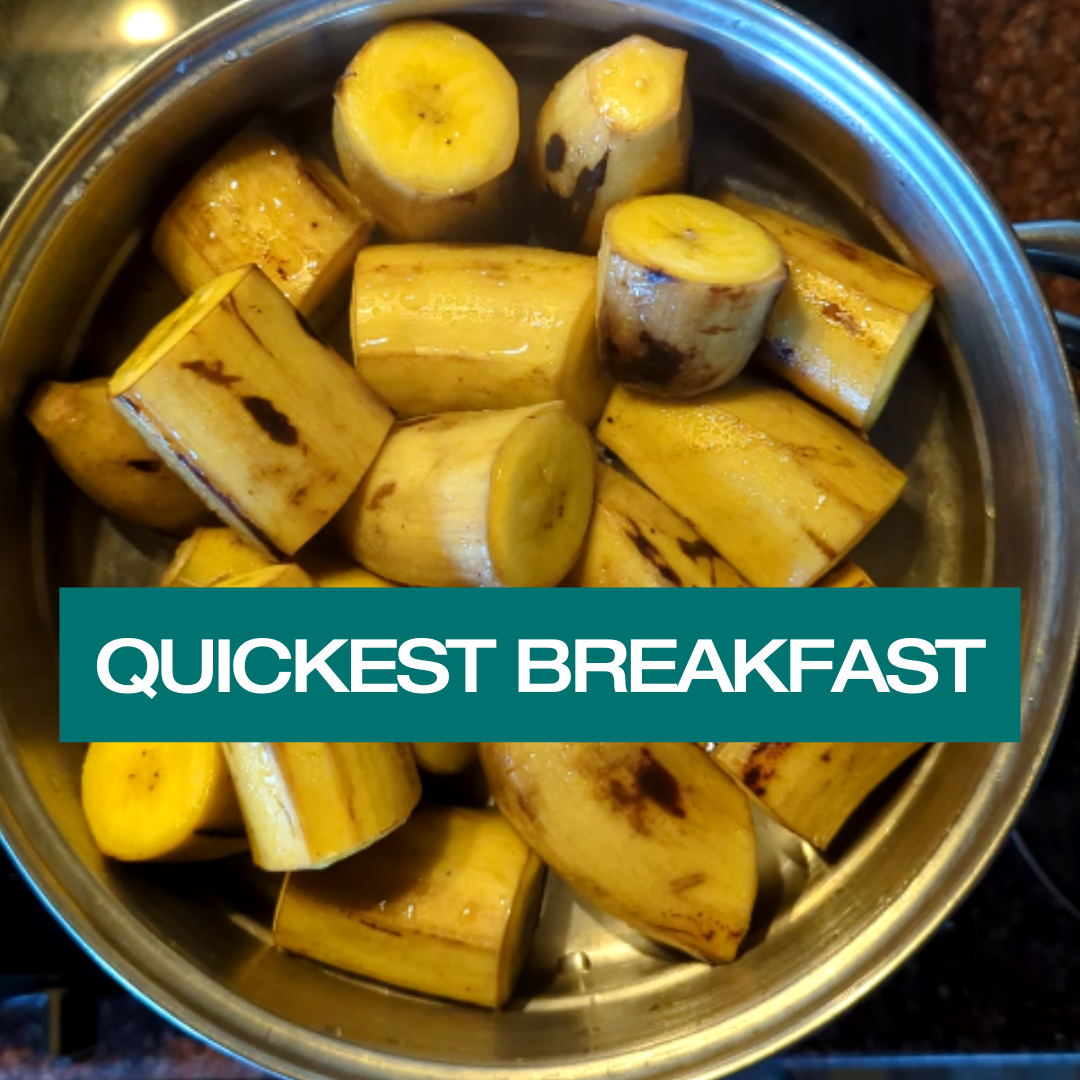
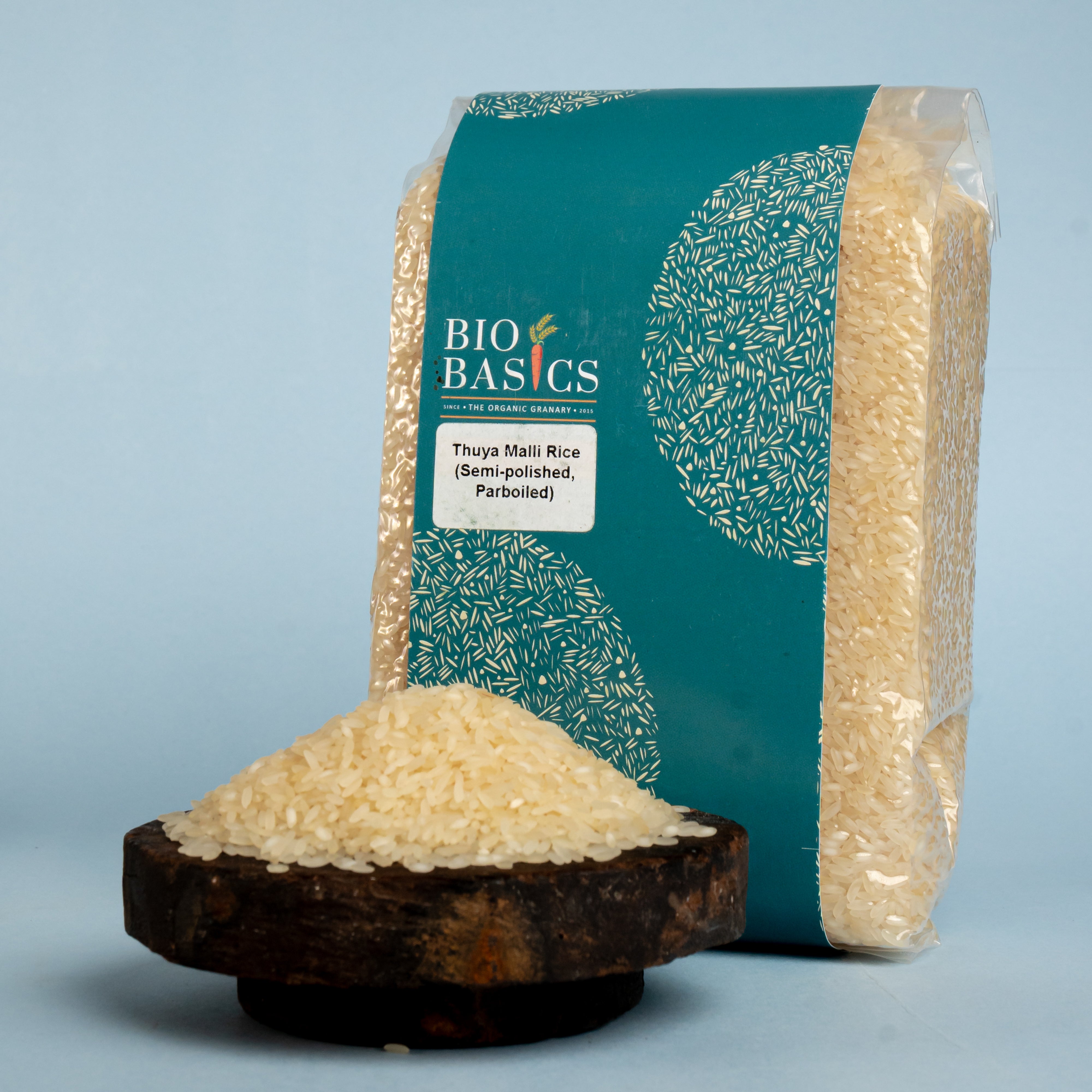
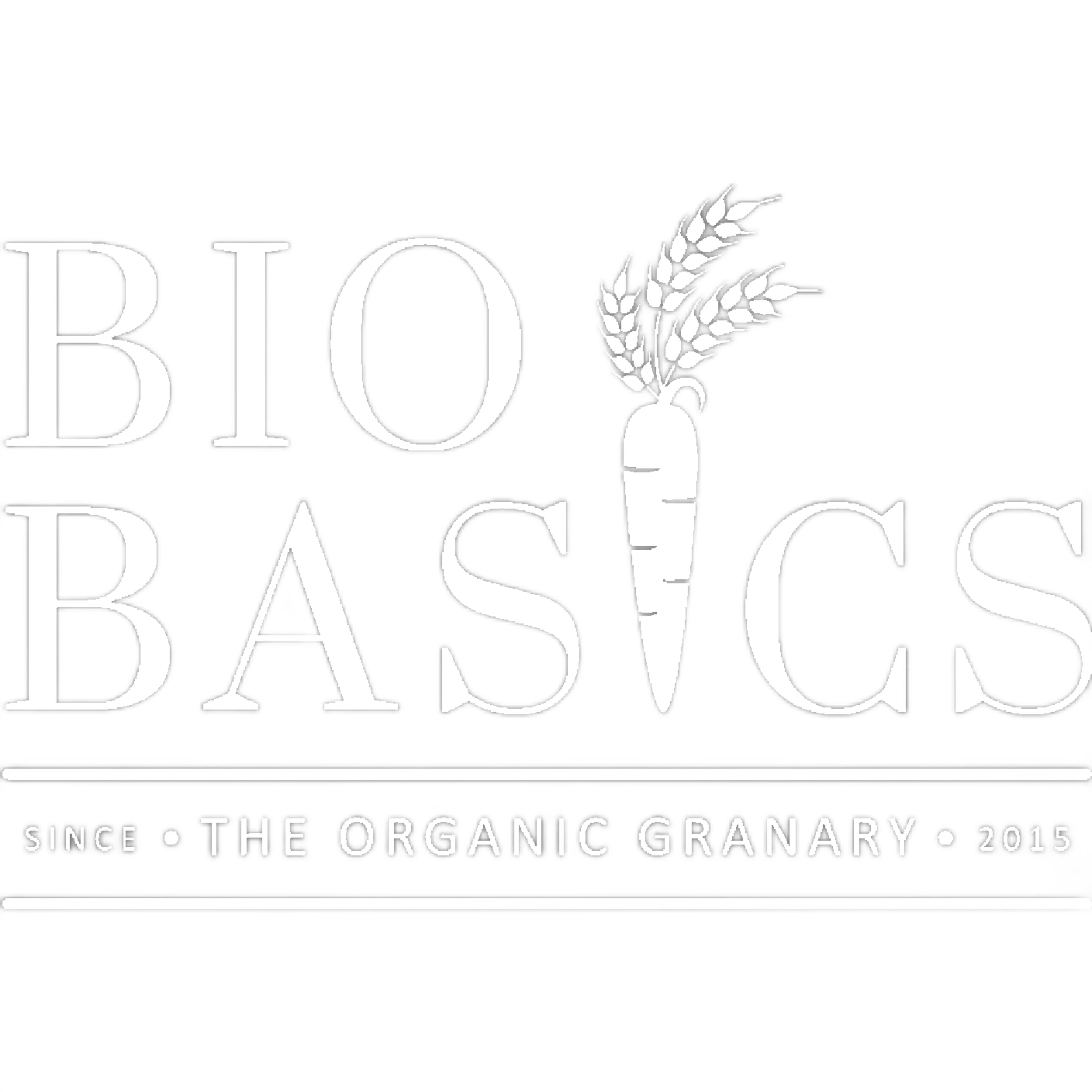
3 comments
Sudarshana purkayastha
Hi i had purchased Paigambari atta from biobasics sometime back. Is not available anymore? Would love to but it again.
Swathi
Hello, do u sell 1kg pack of Emmer wheat flour?
Ramya
HI,
Please let me know if you can supply Emmer wheat flour to my parents’ home in RS Puram, Coimbatore. What will be the cost per kg? Also, my husband bought several , native varieties of rice. I would love to learn some recipes (other than pongal, kanji and plain rice). Please respond.